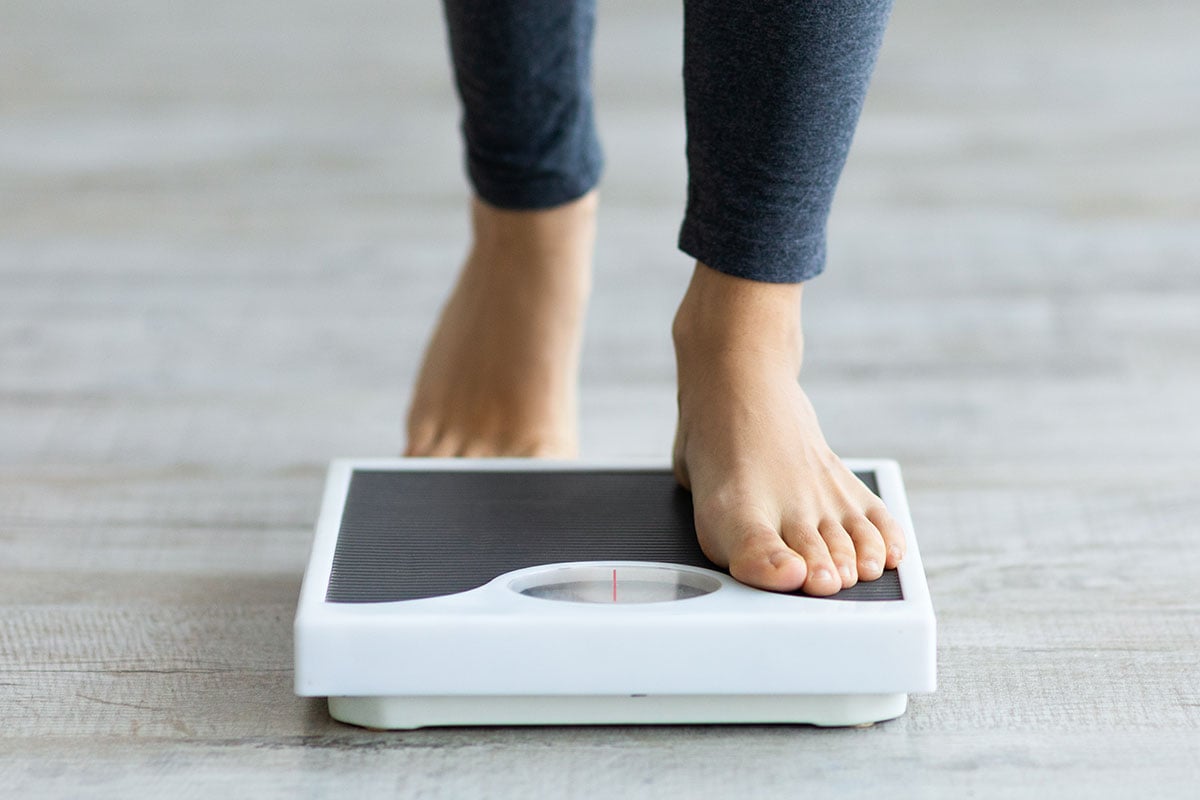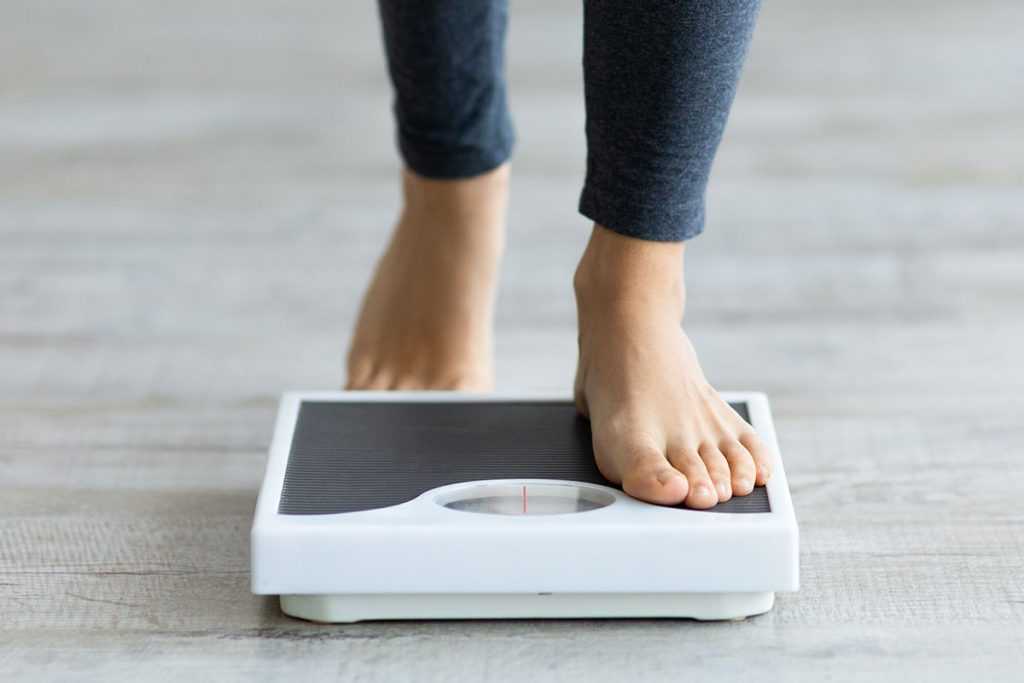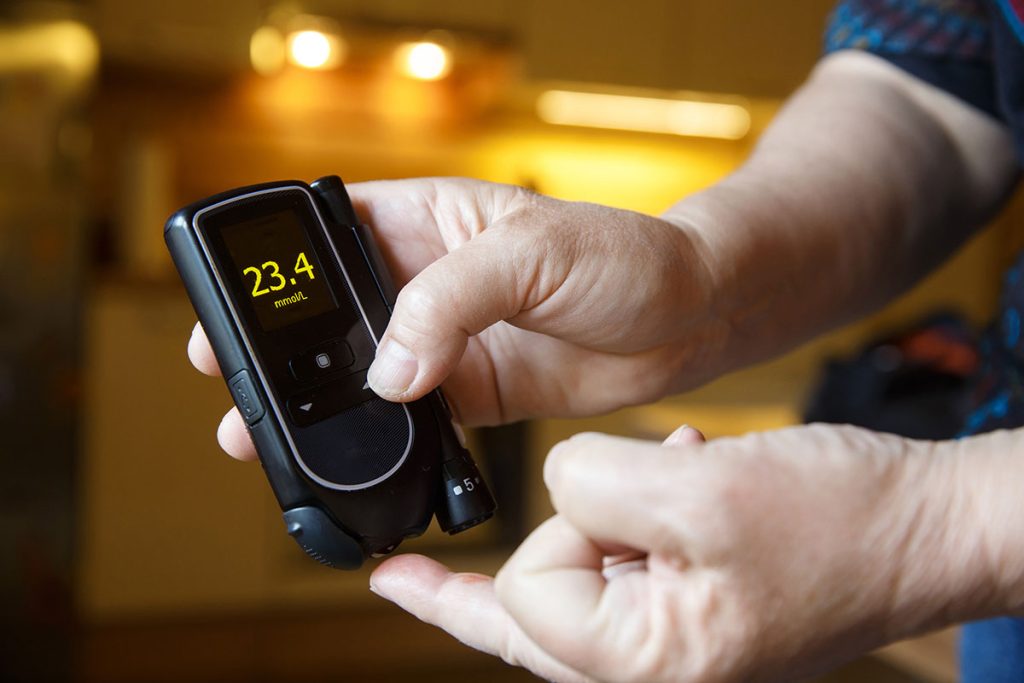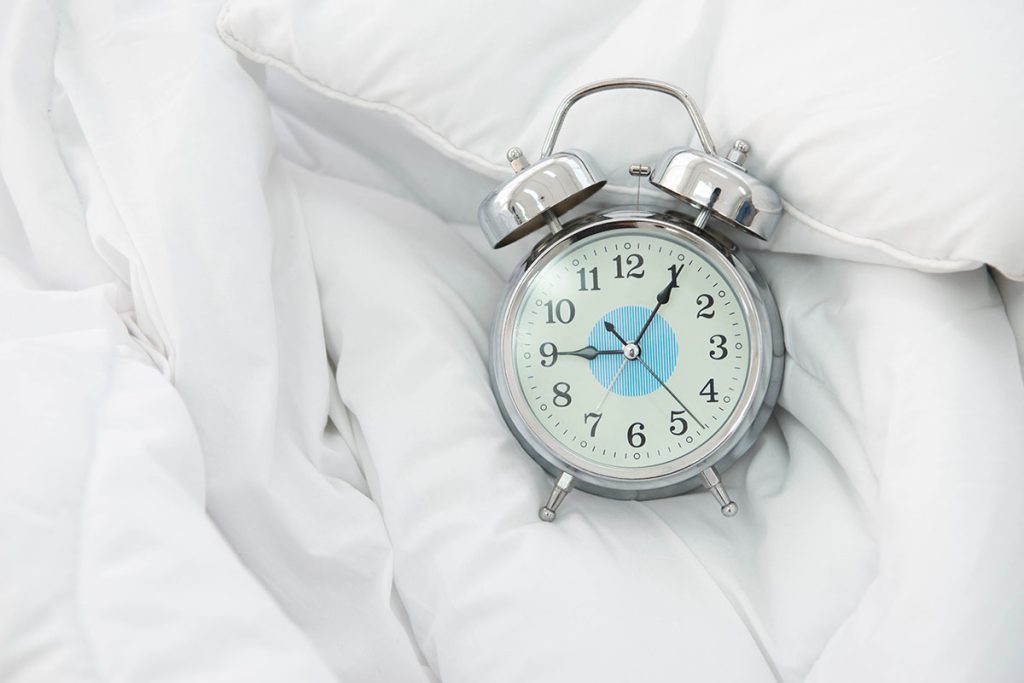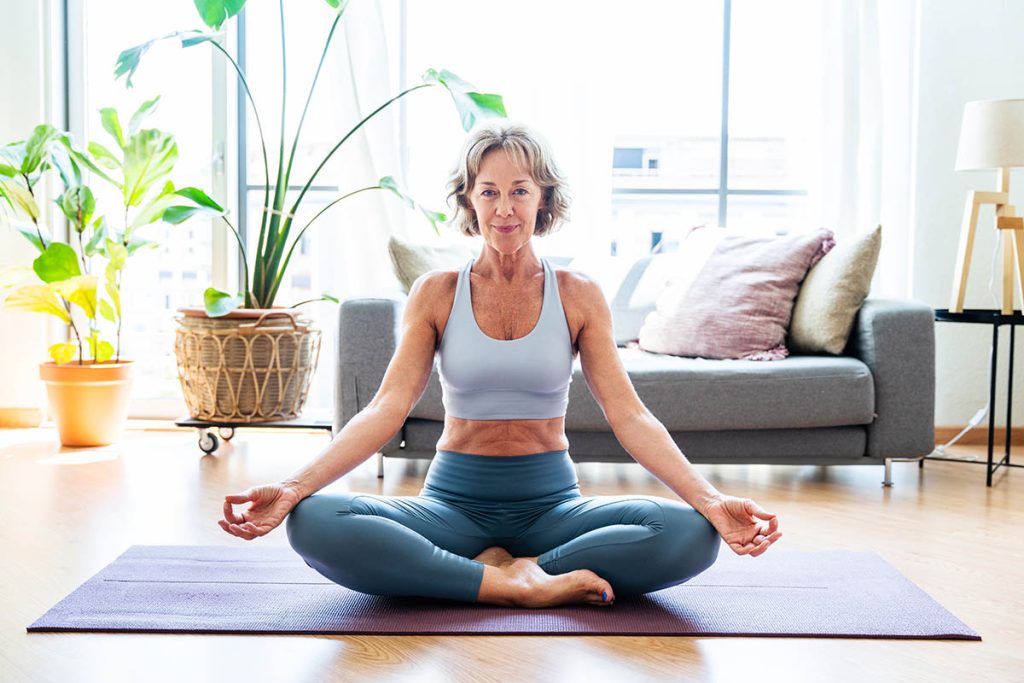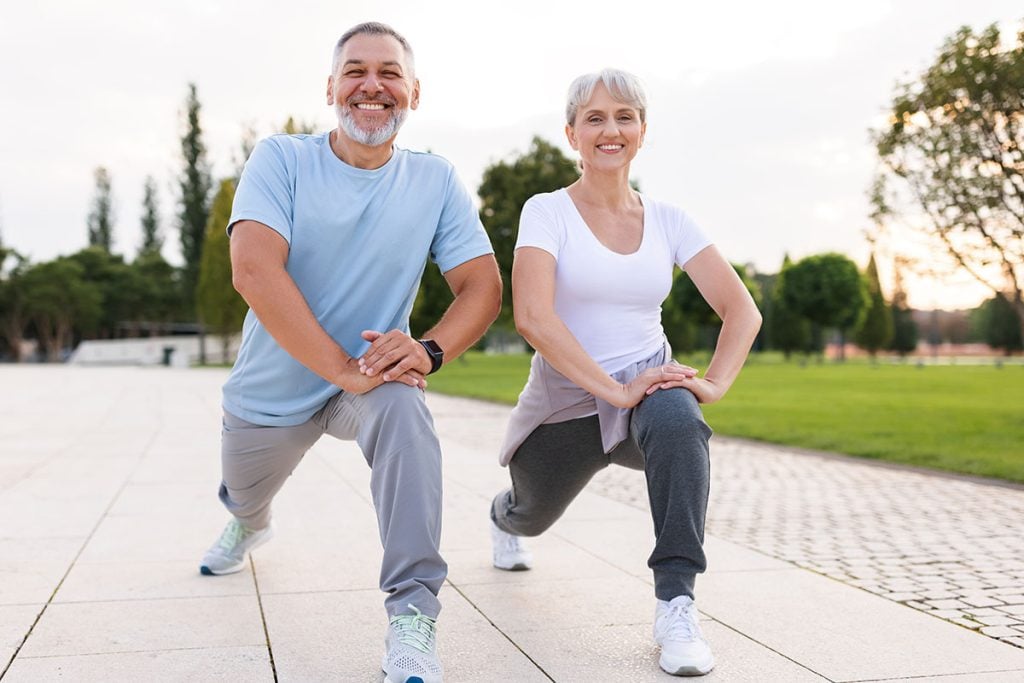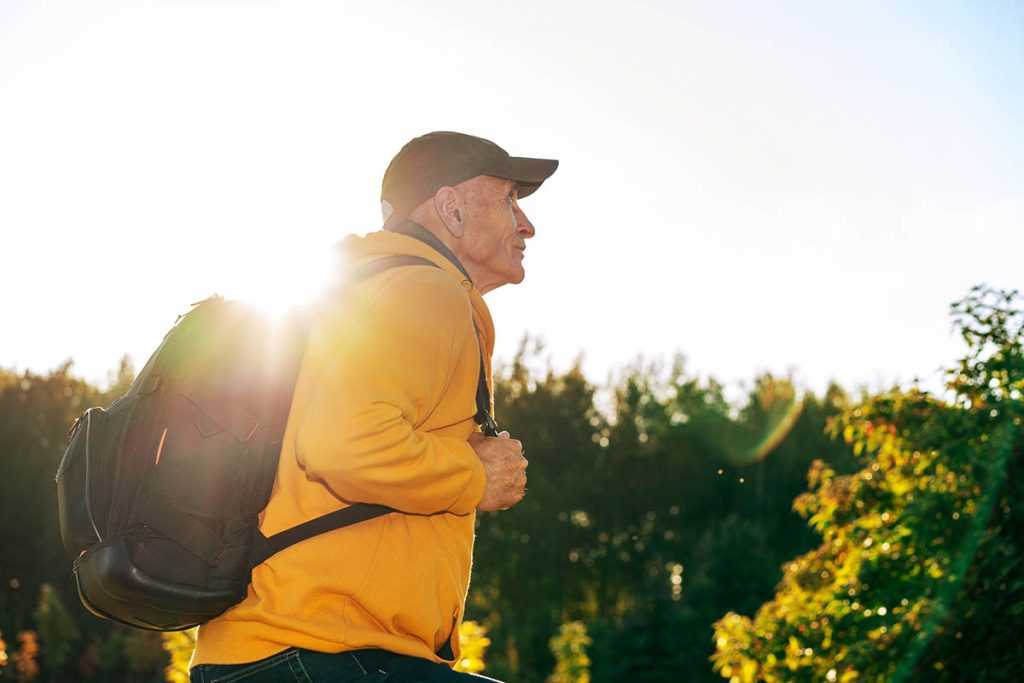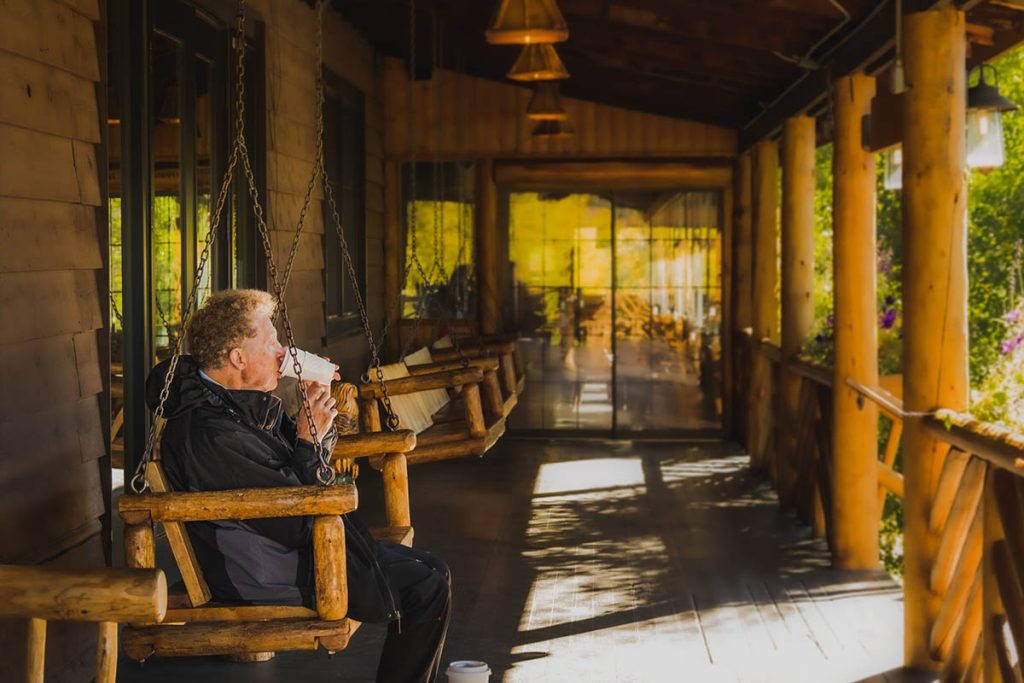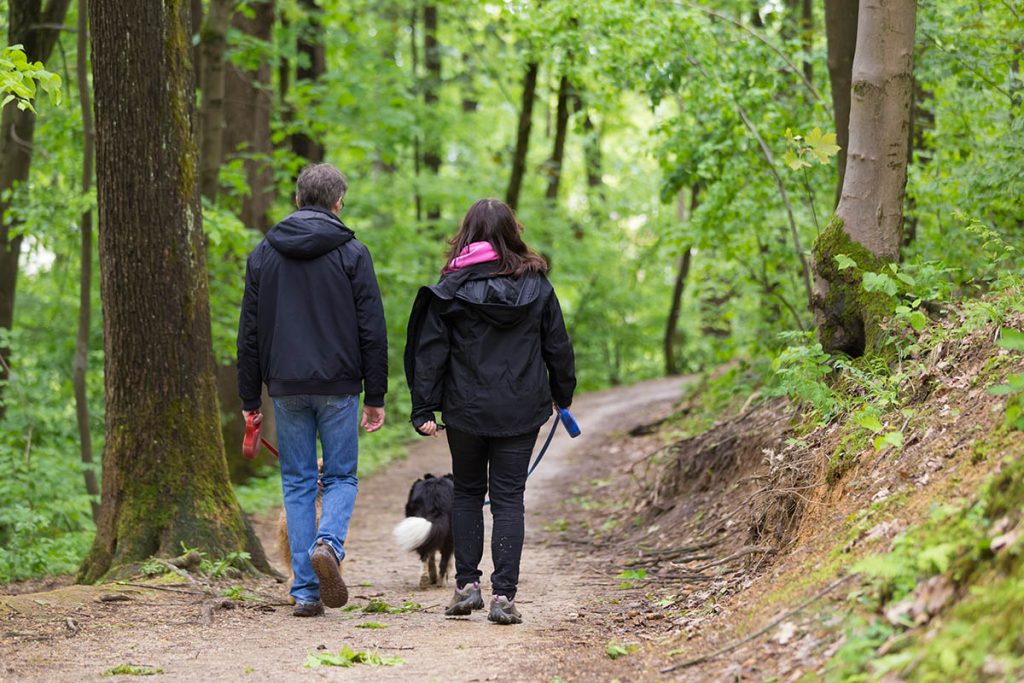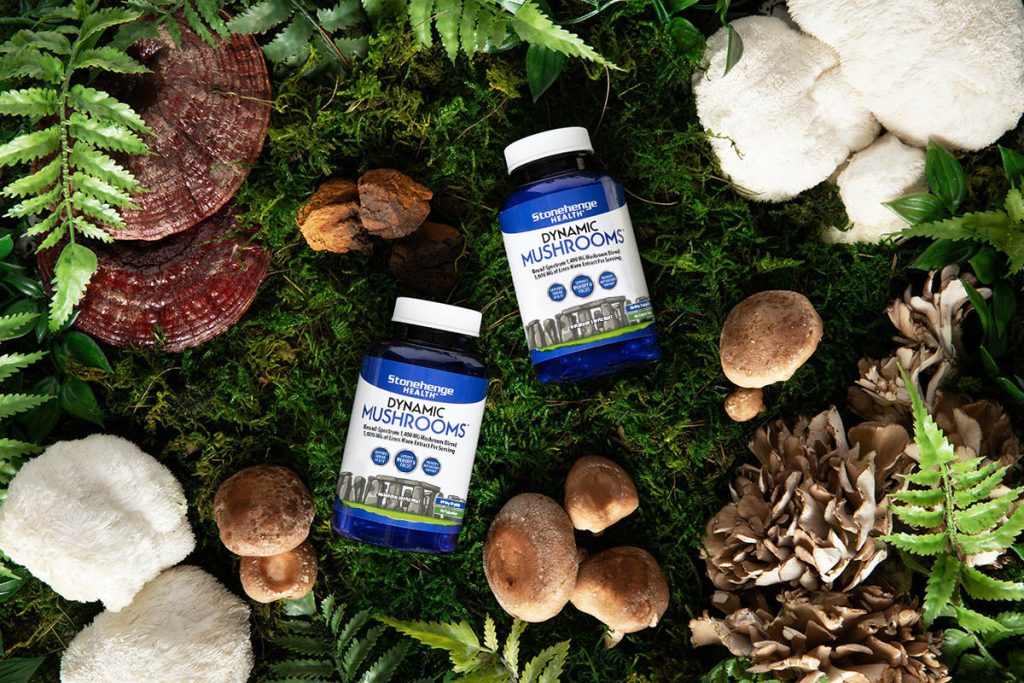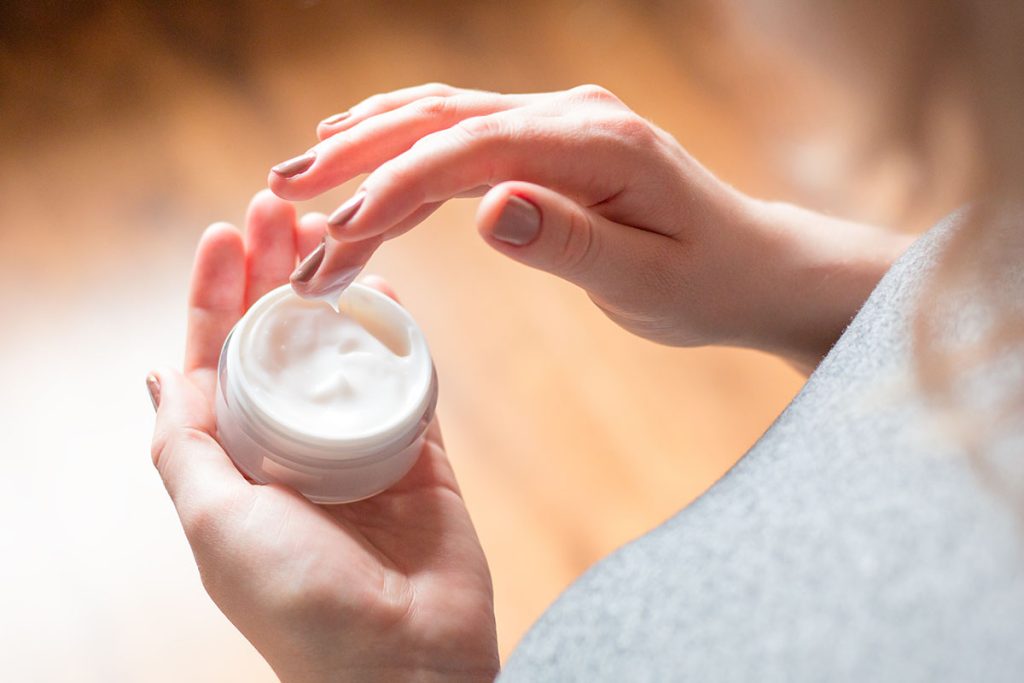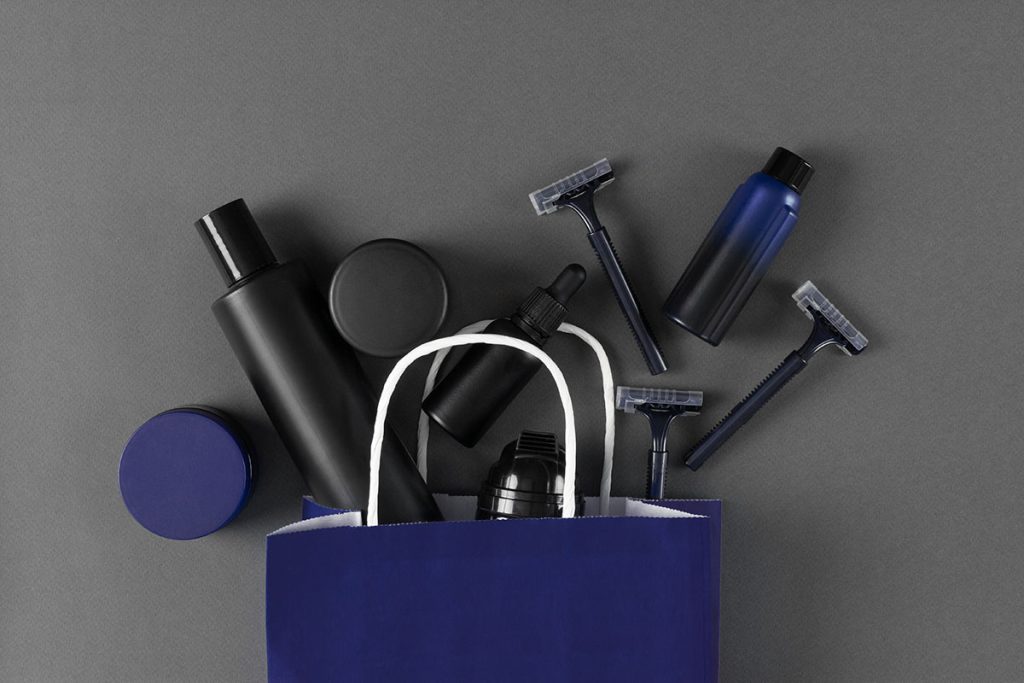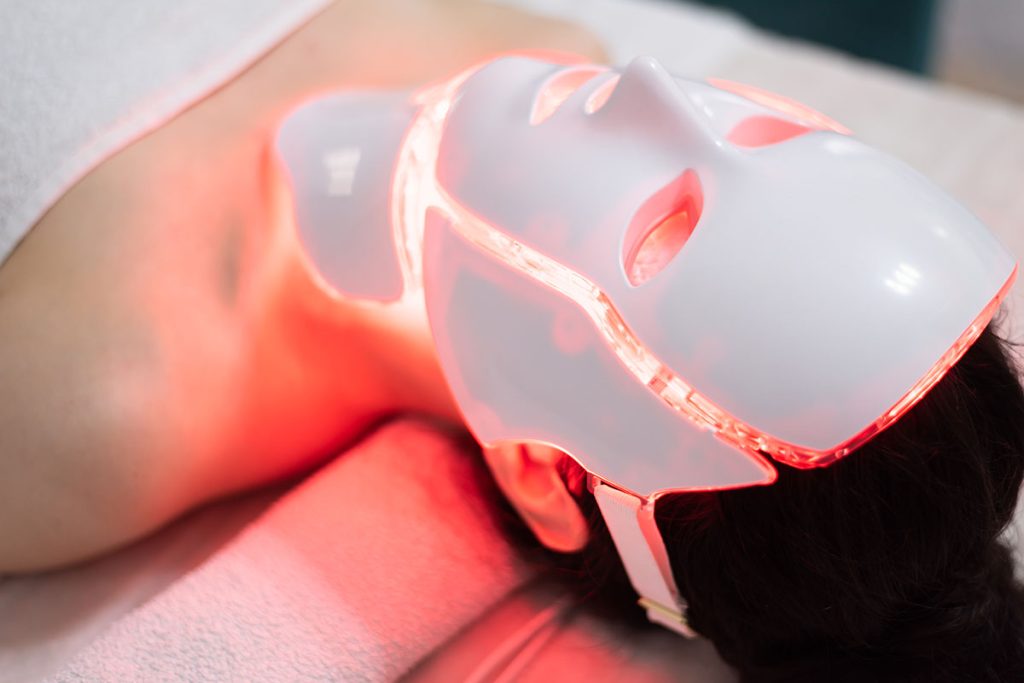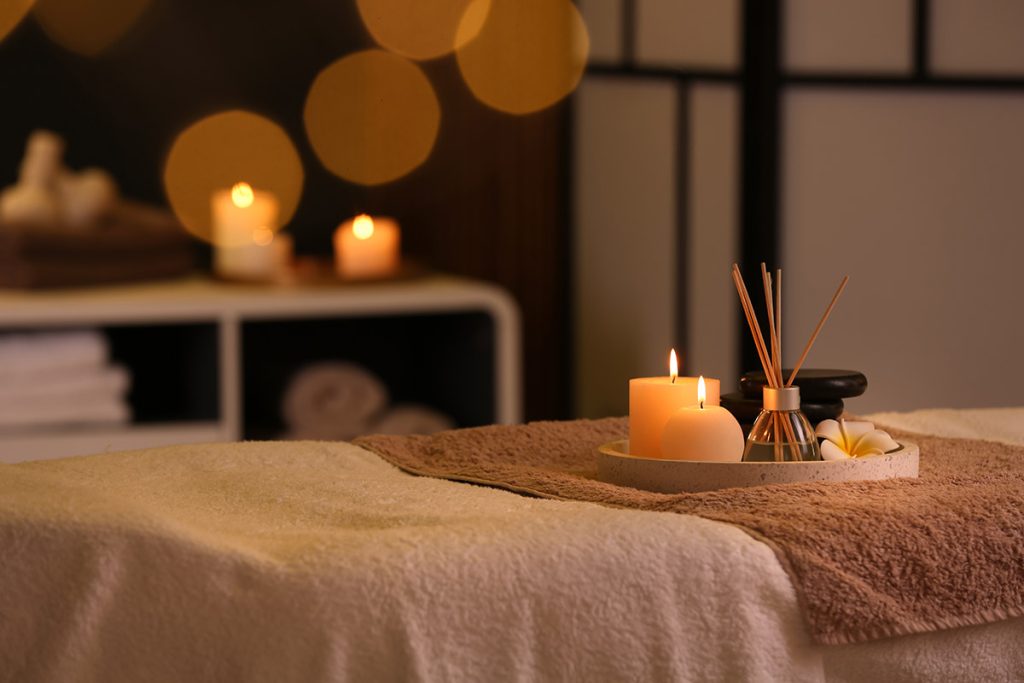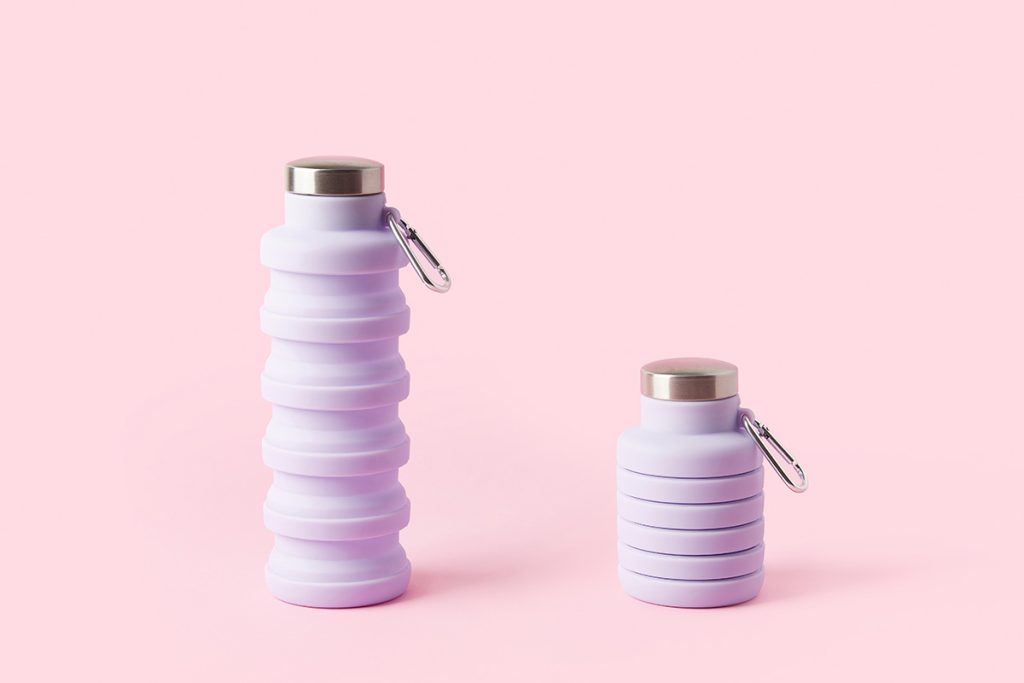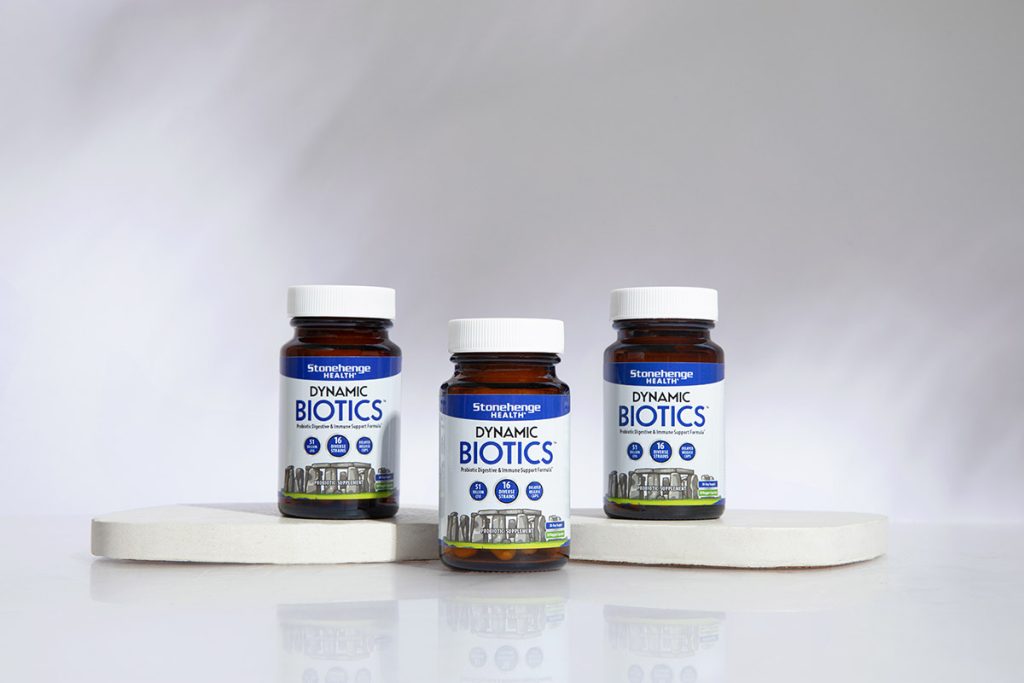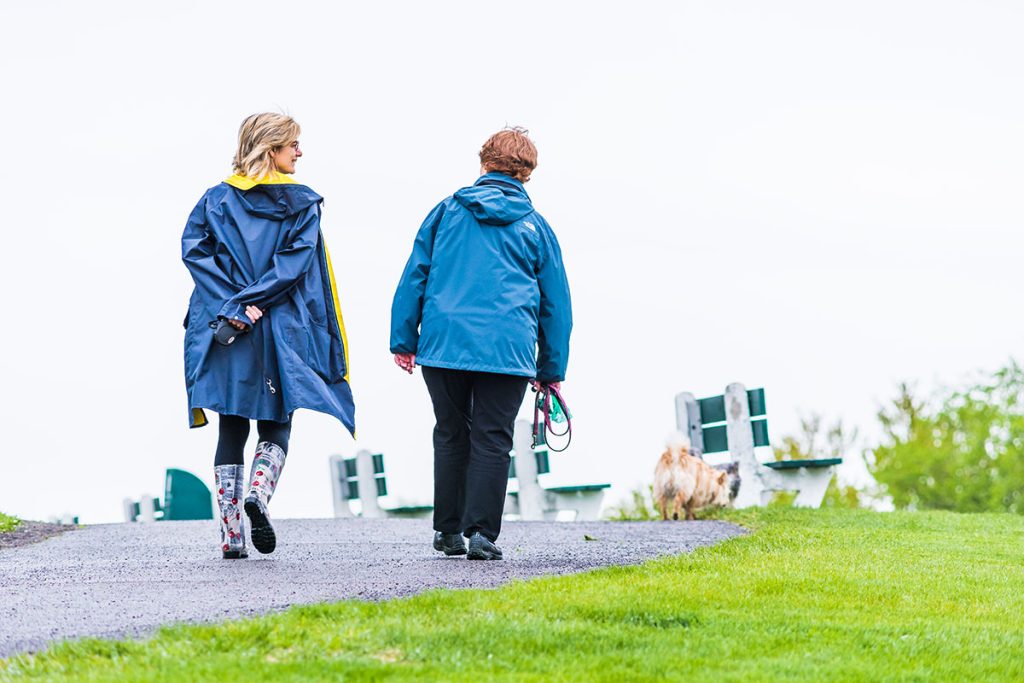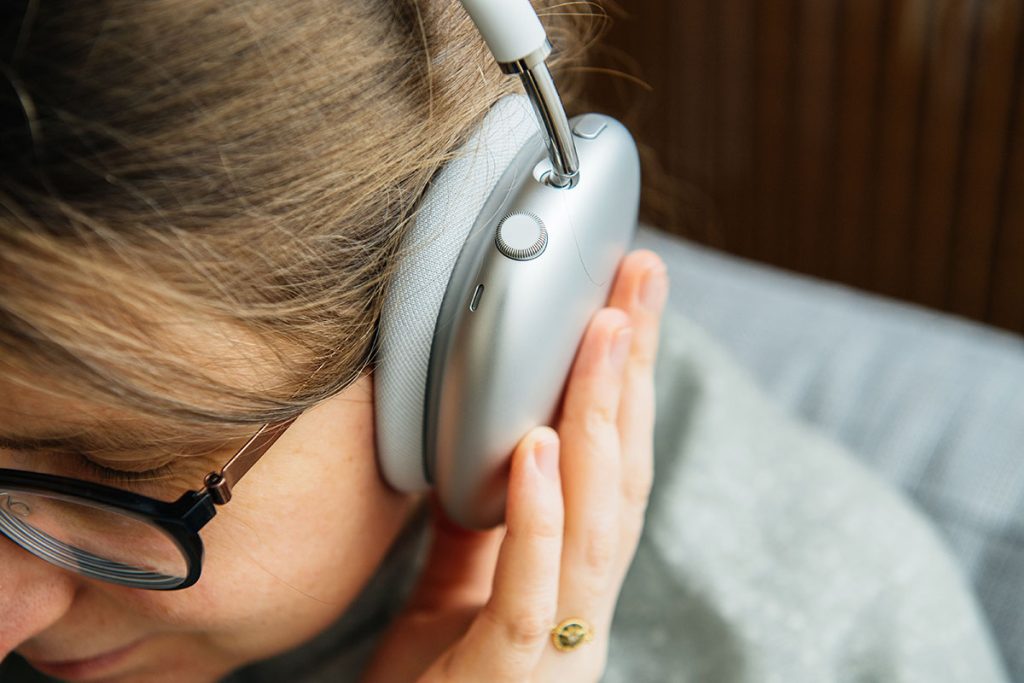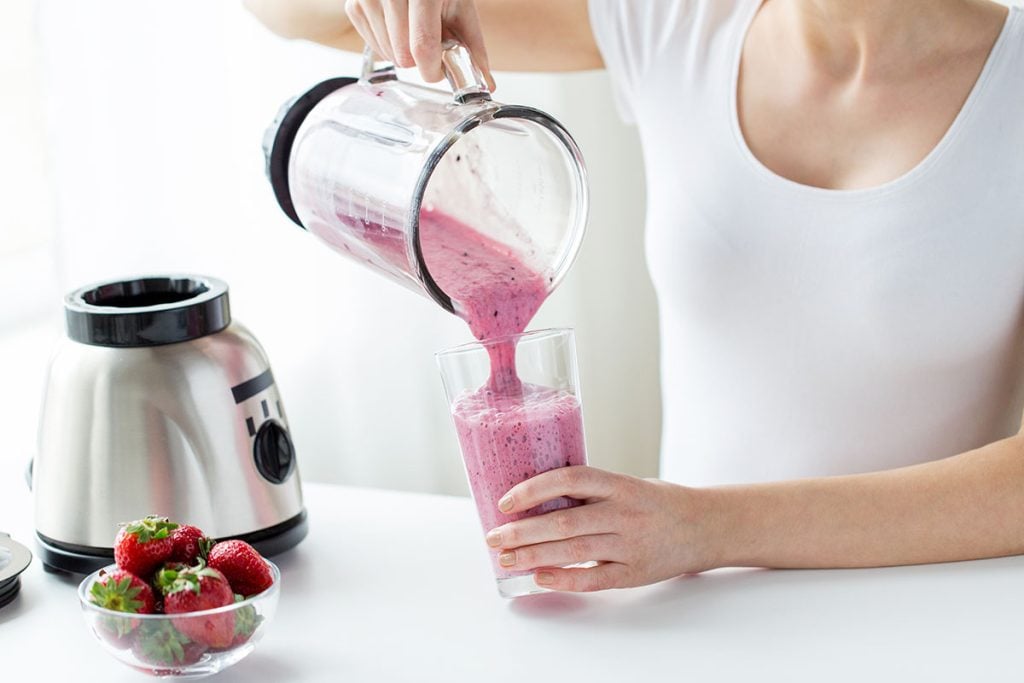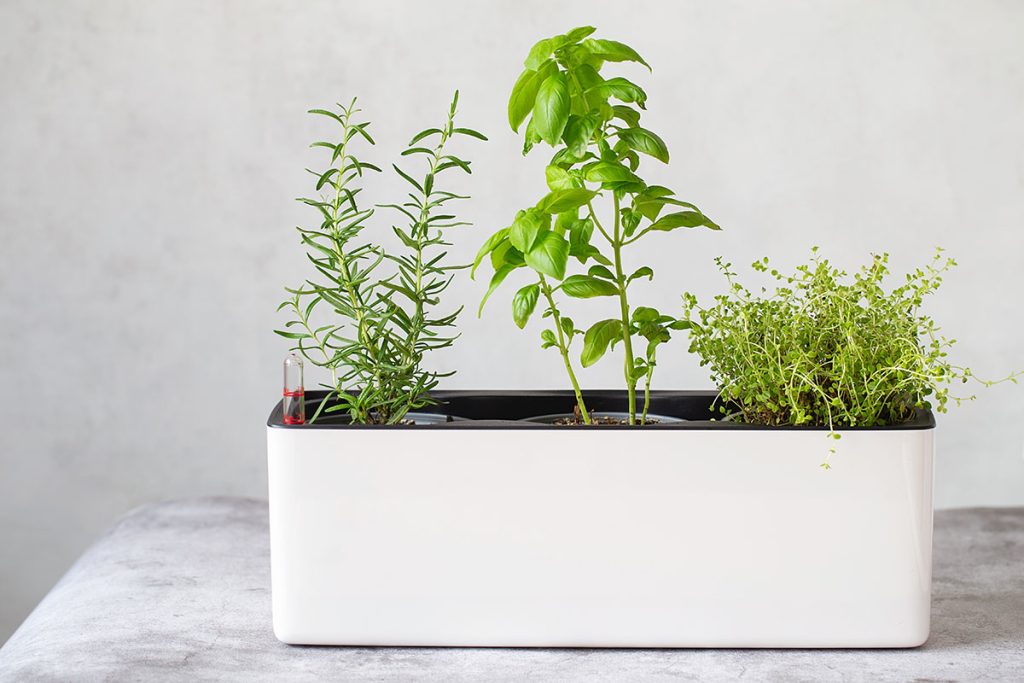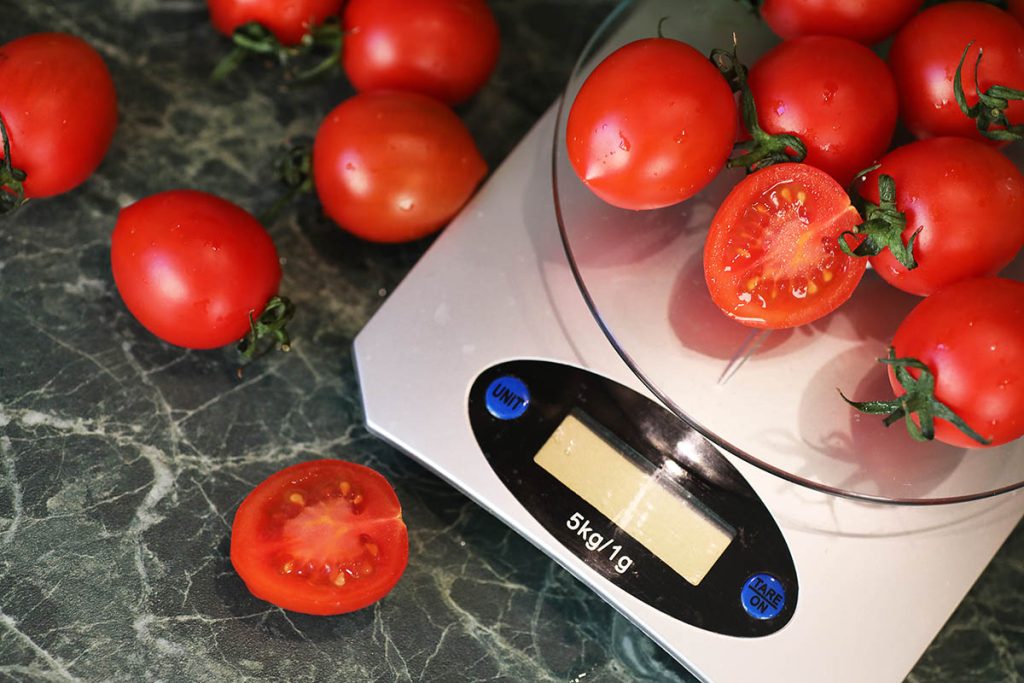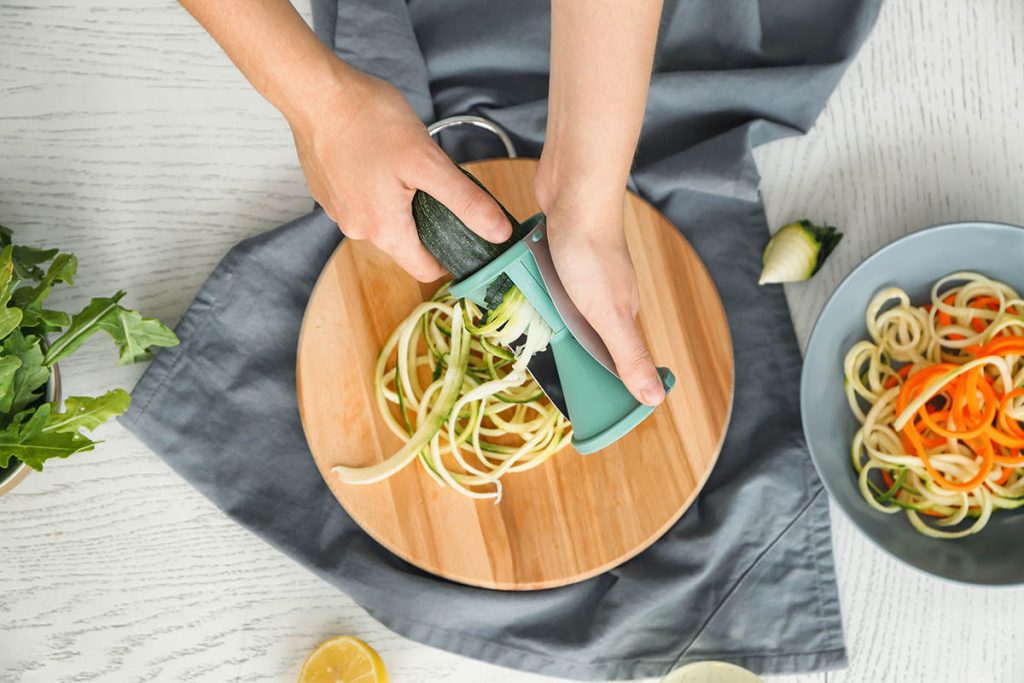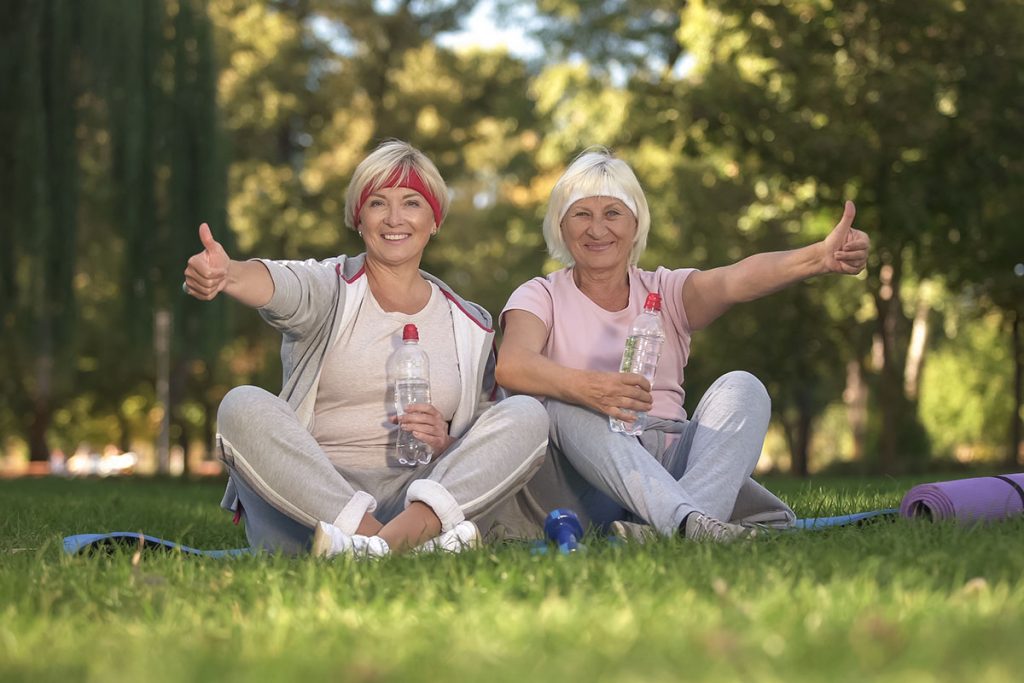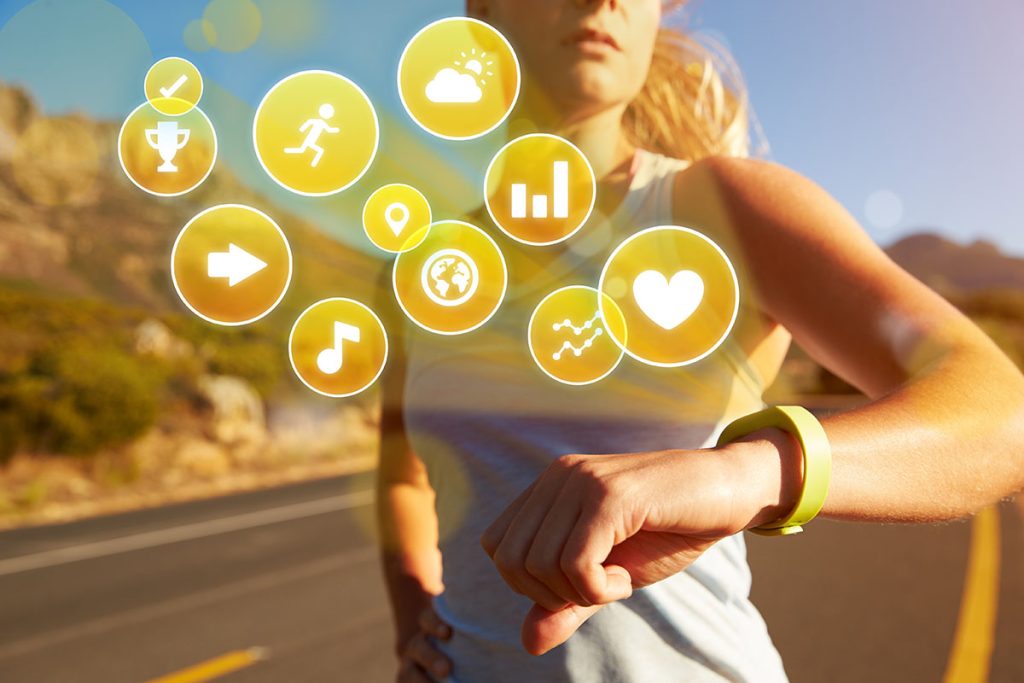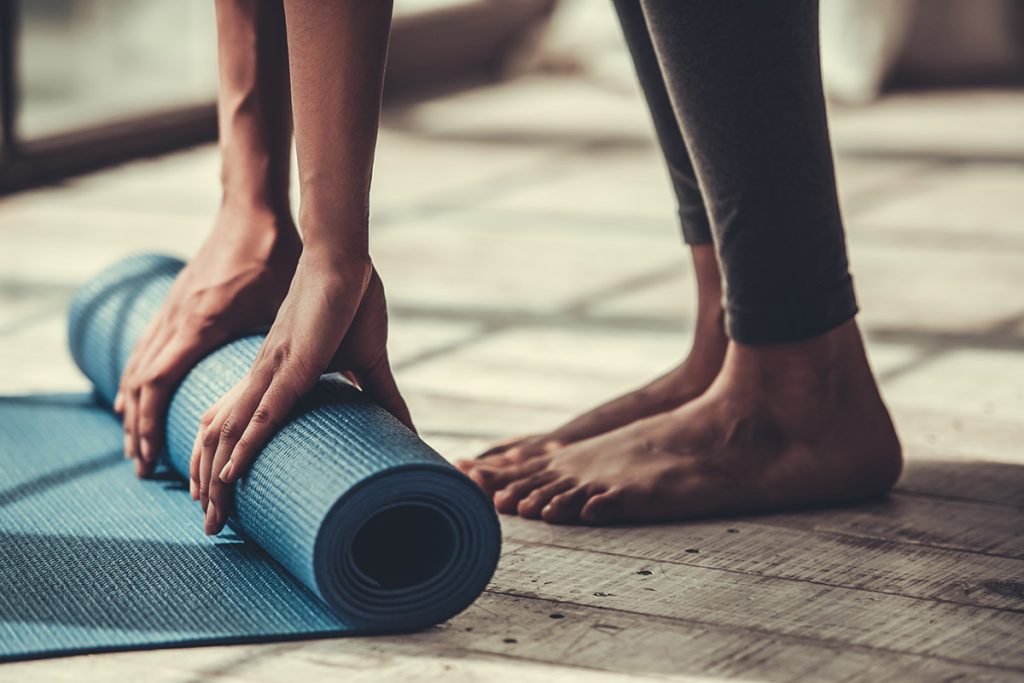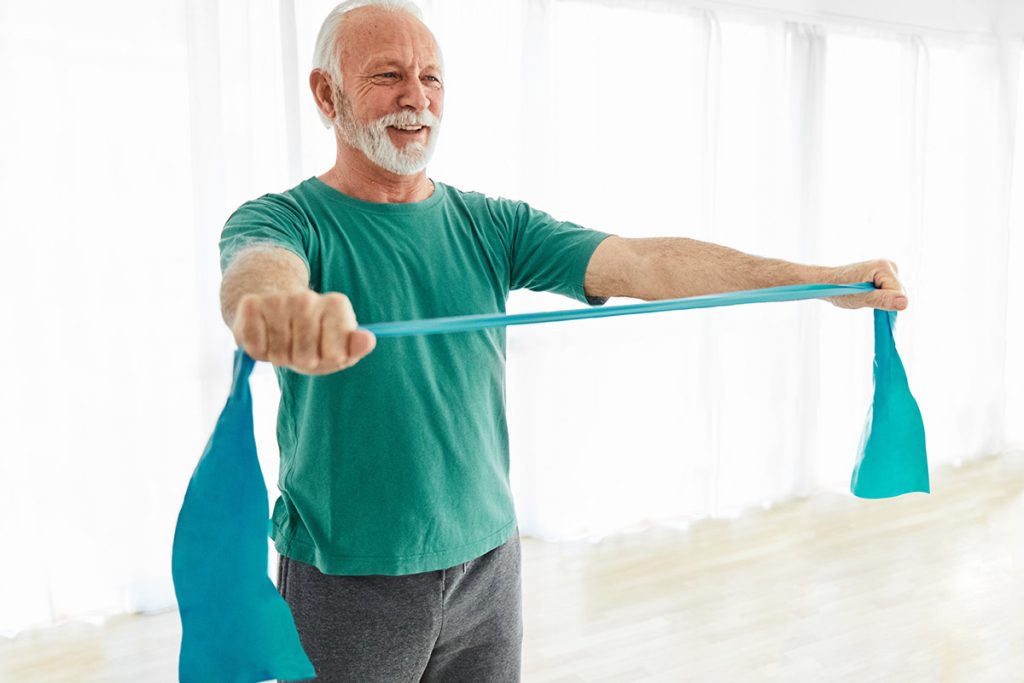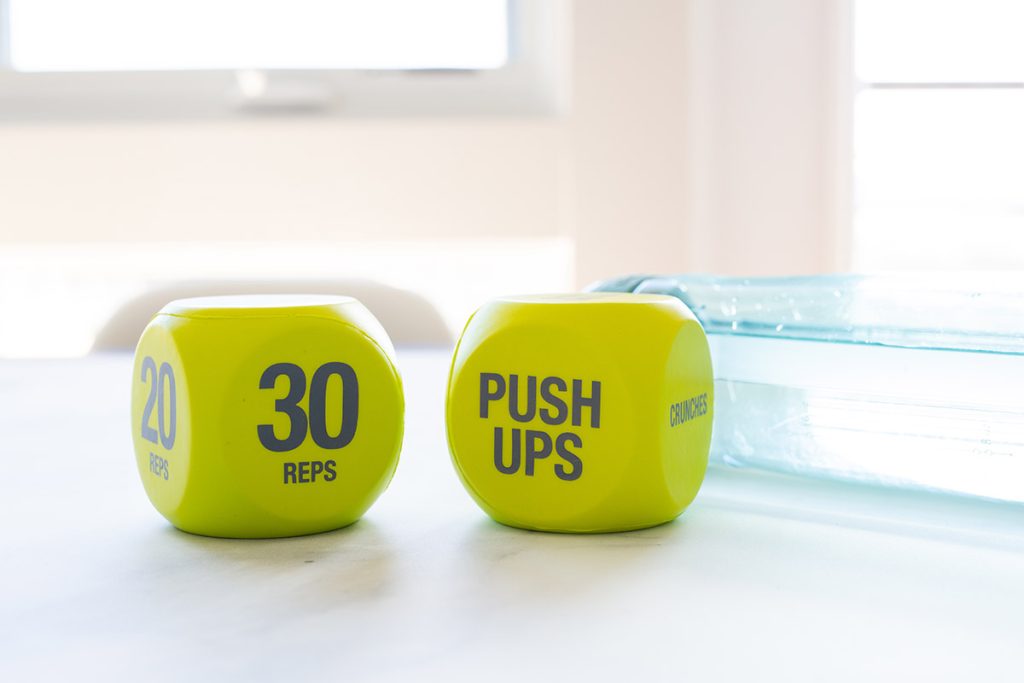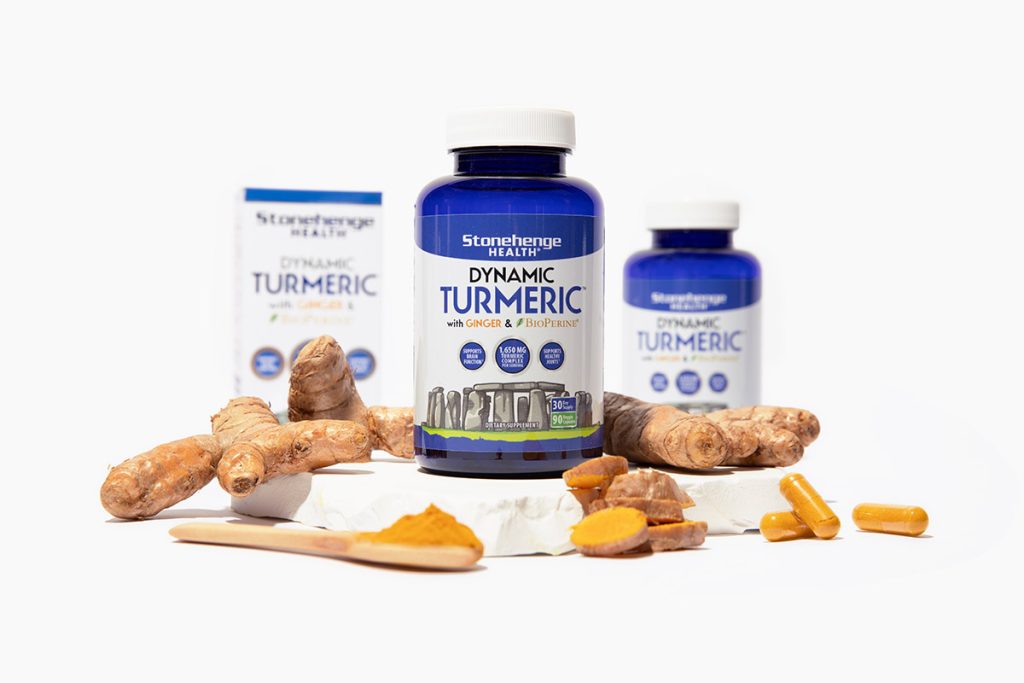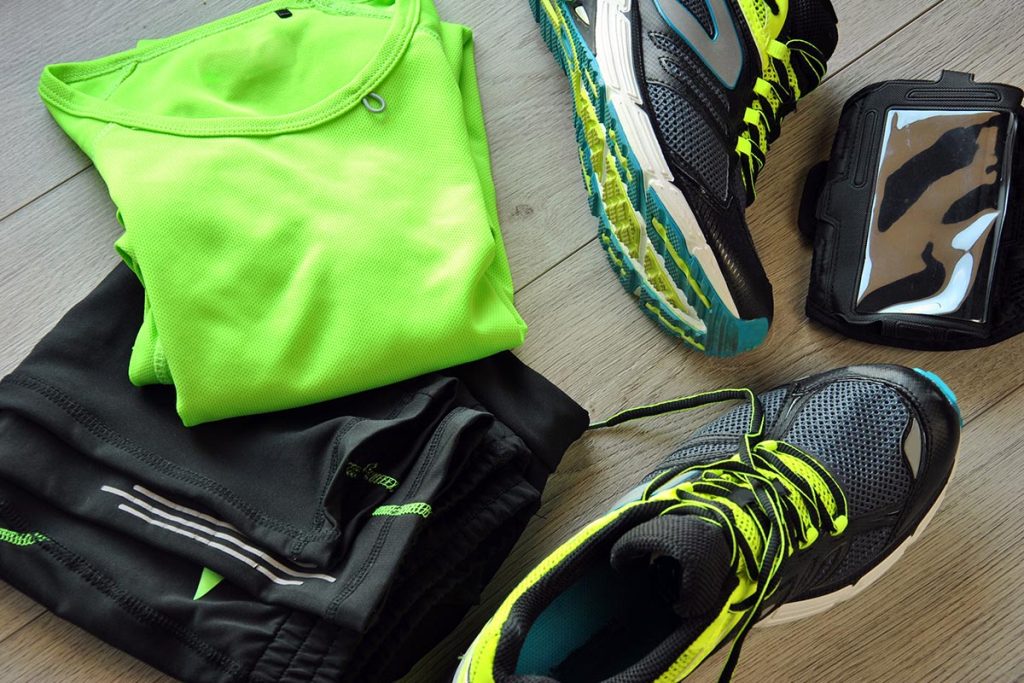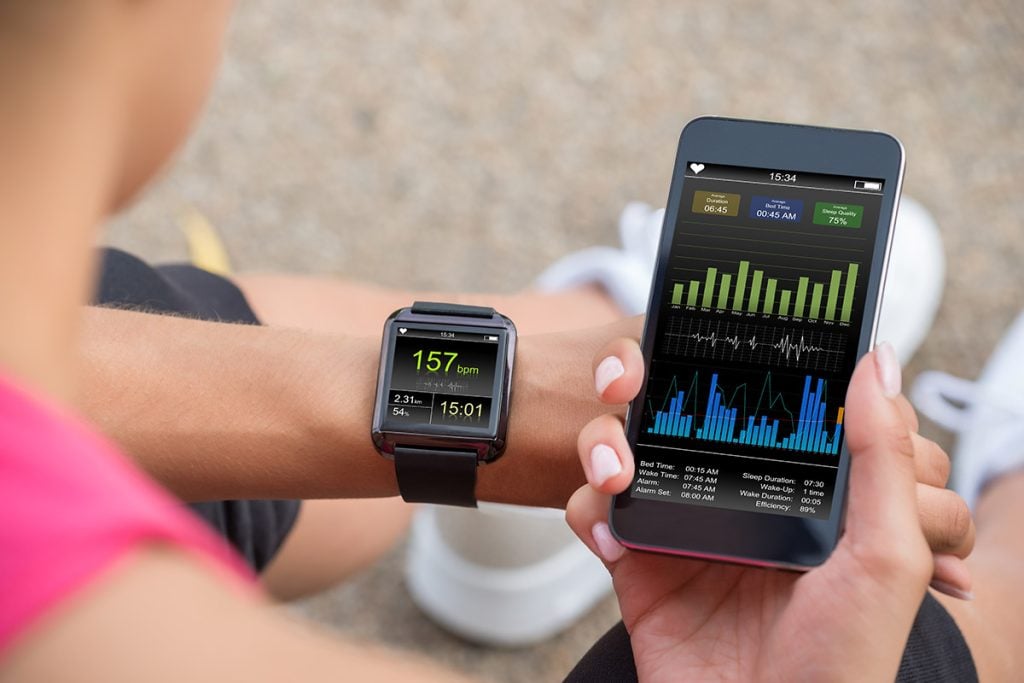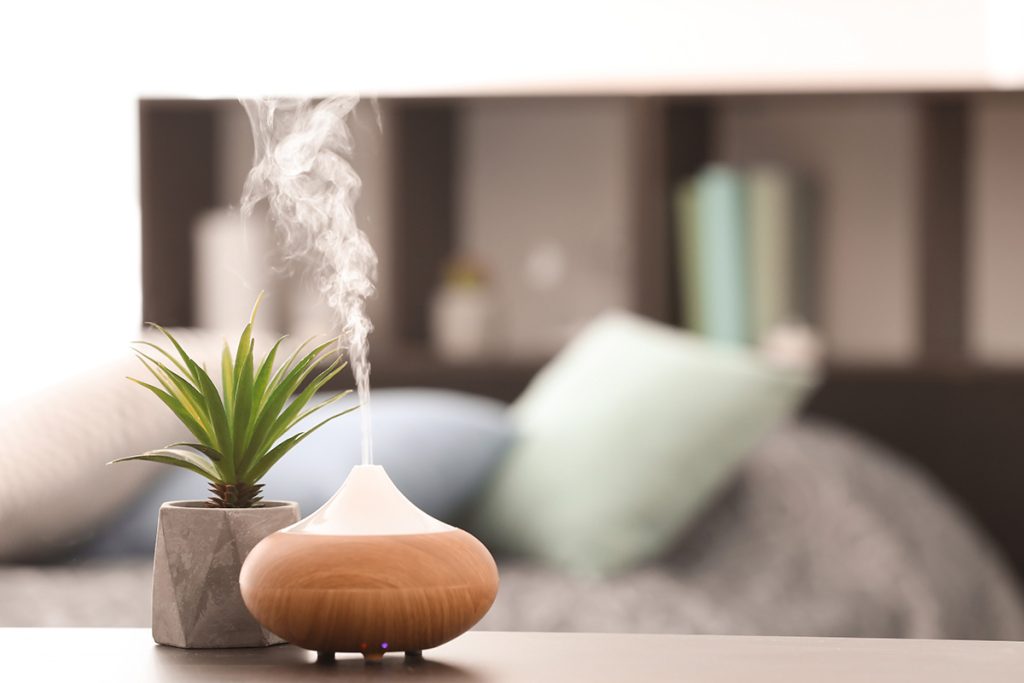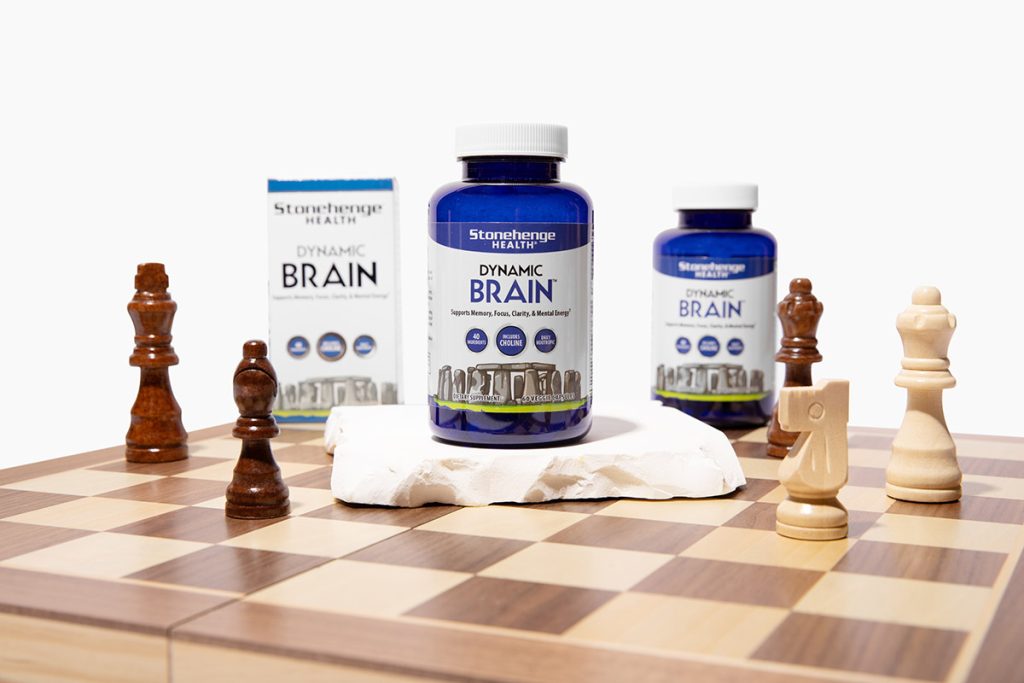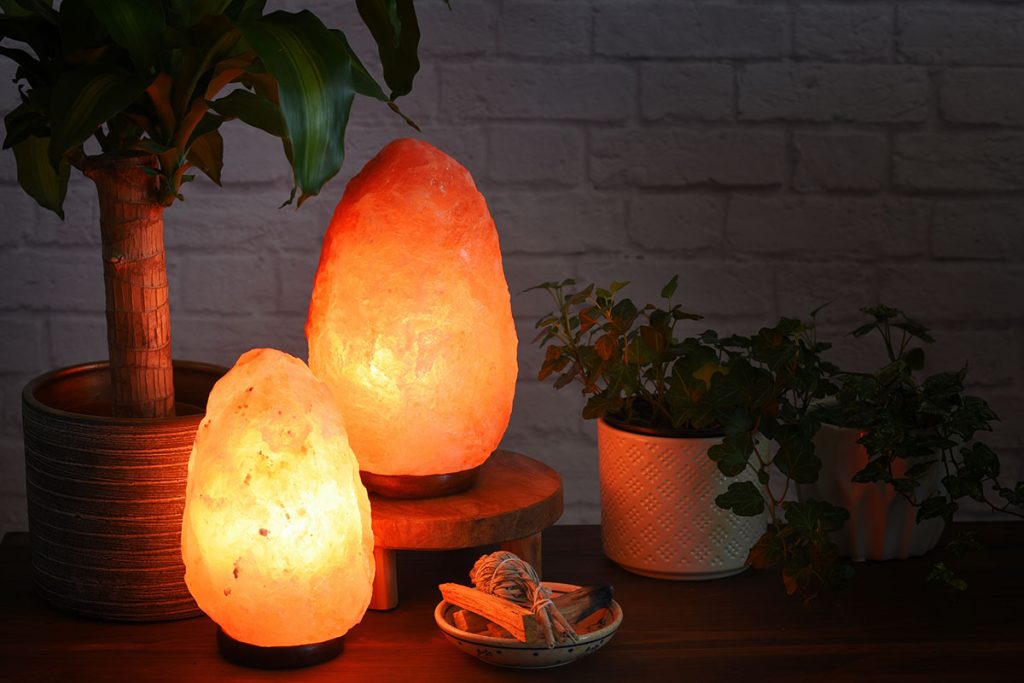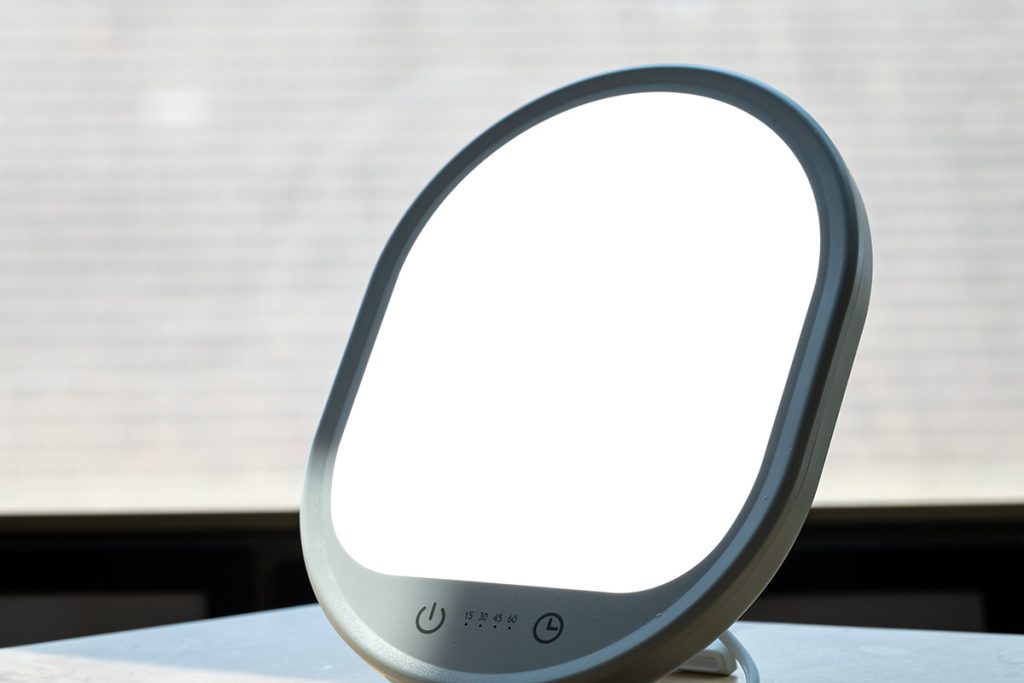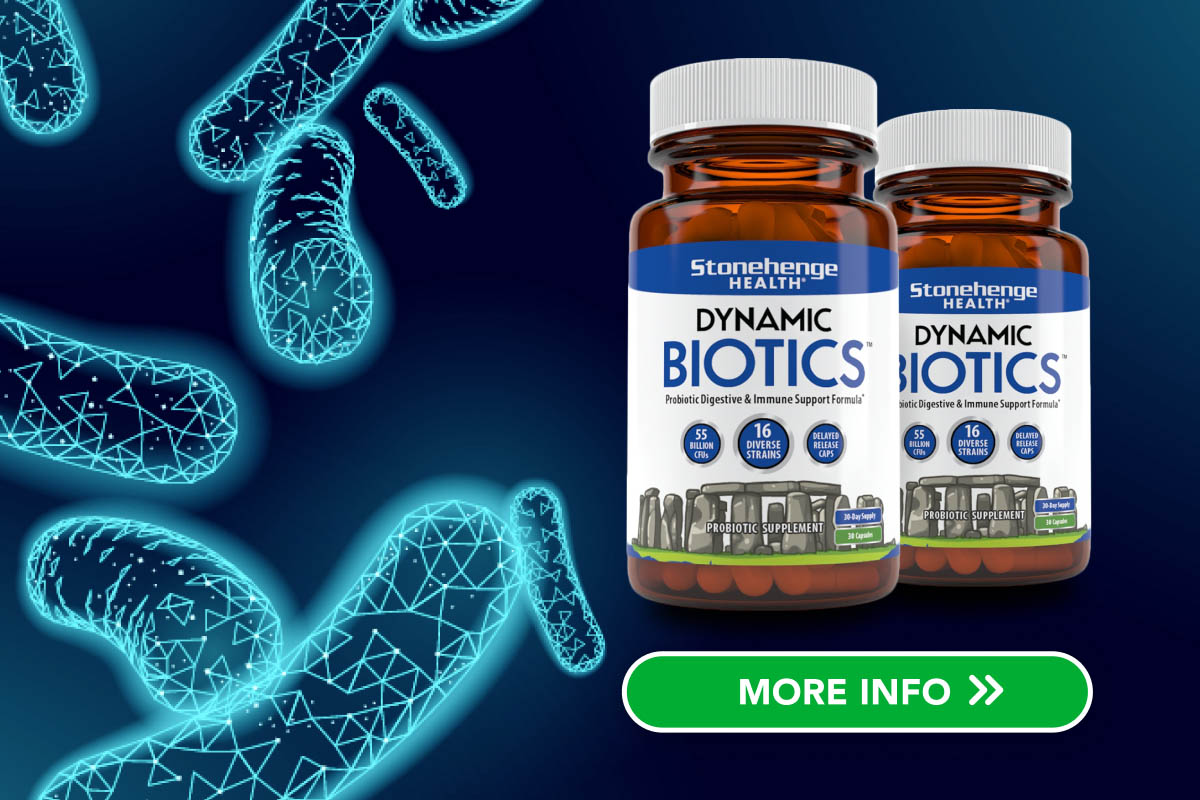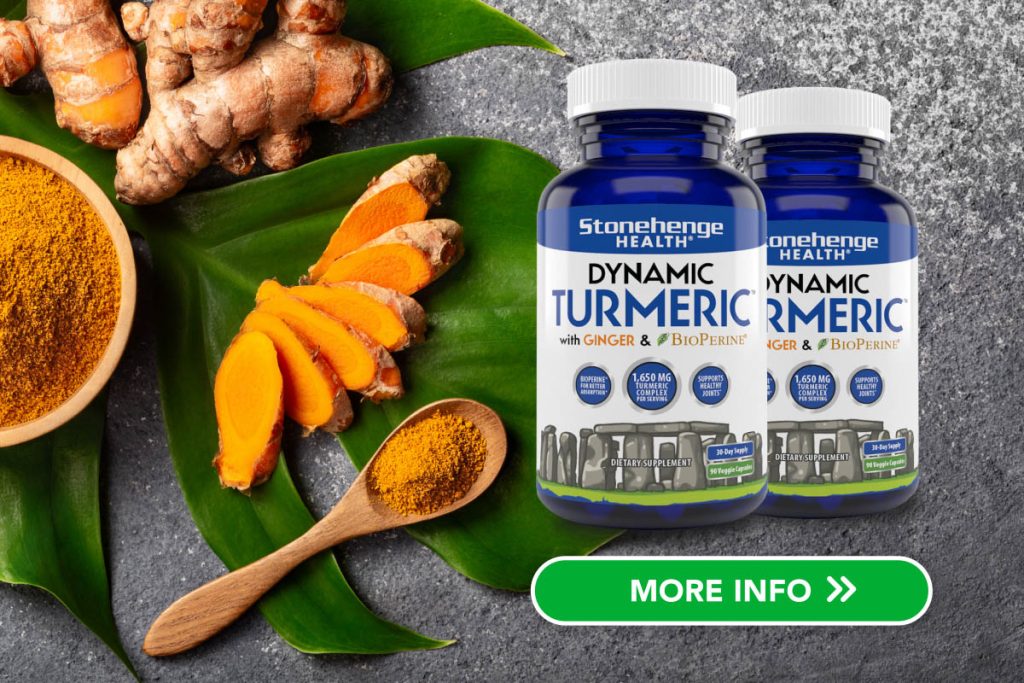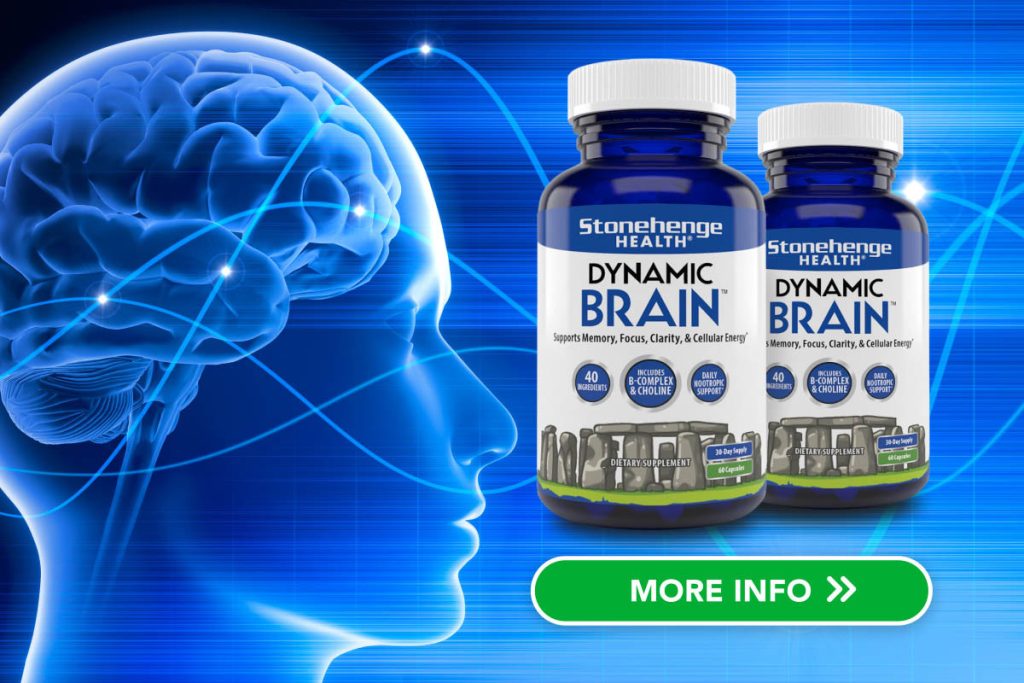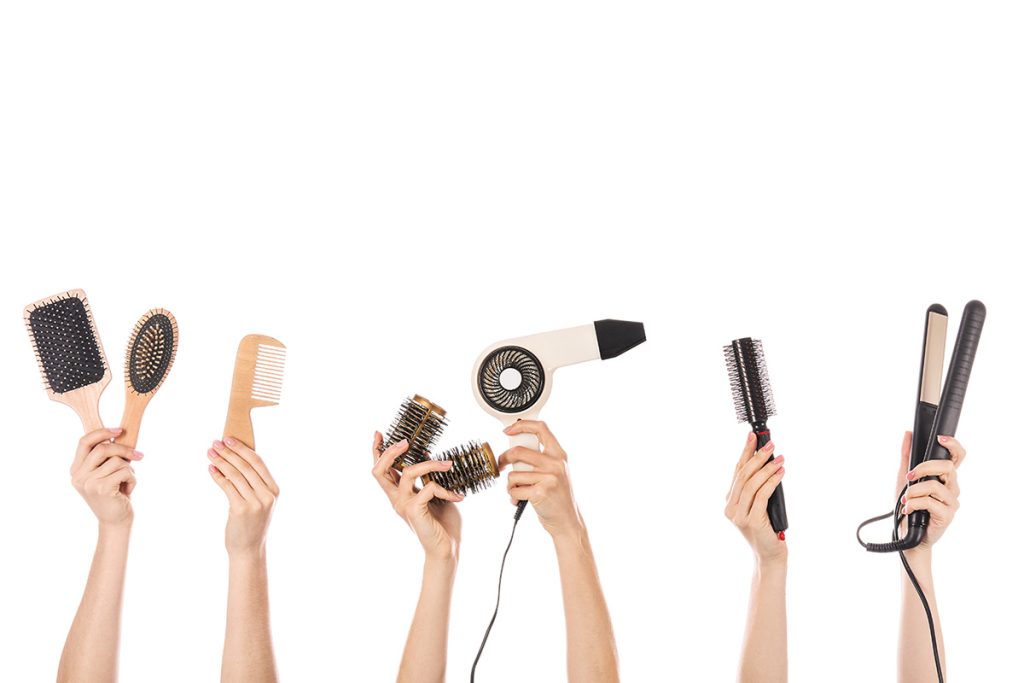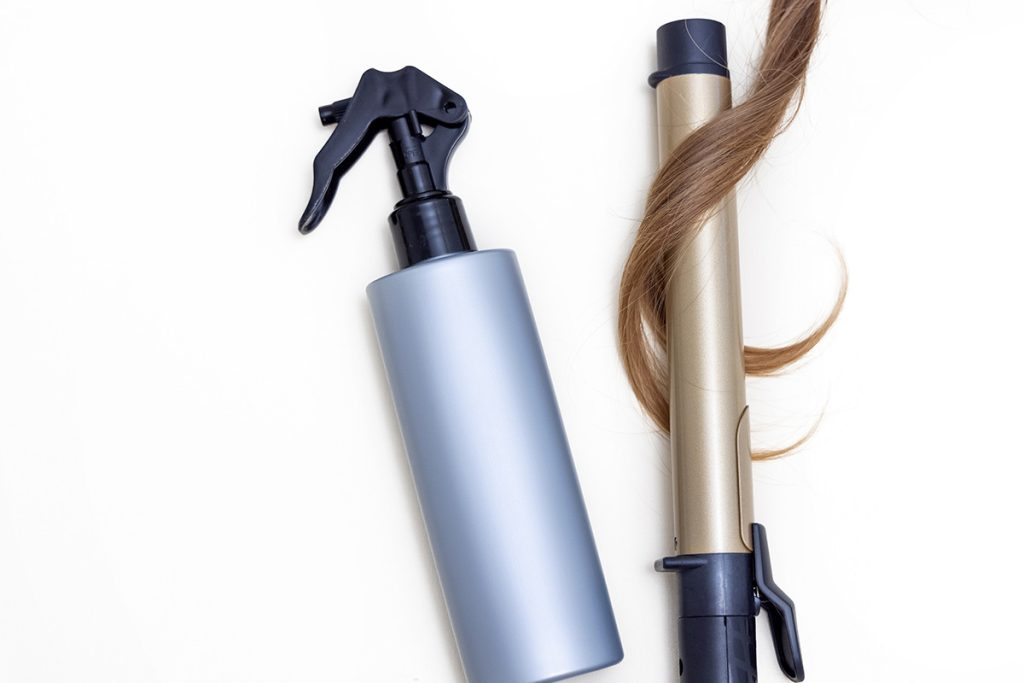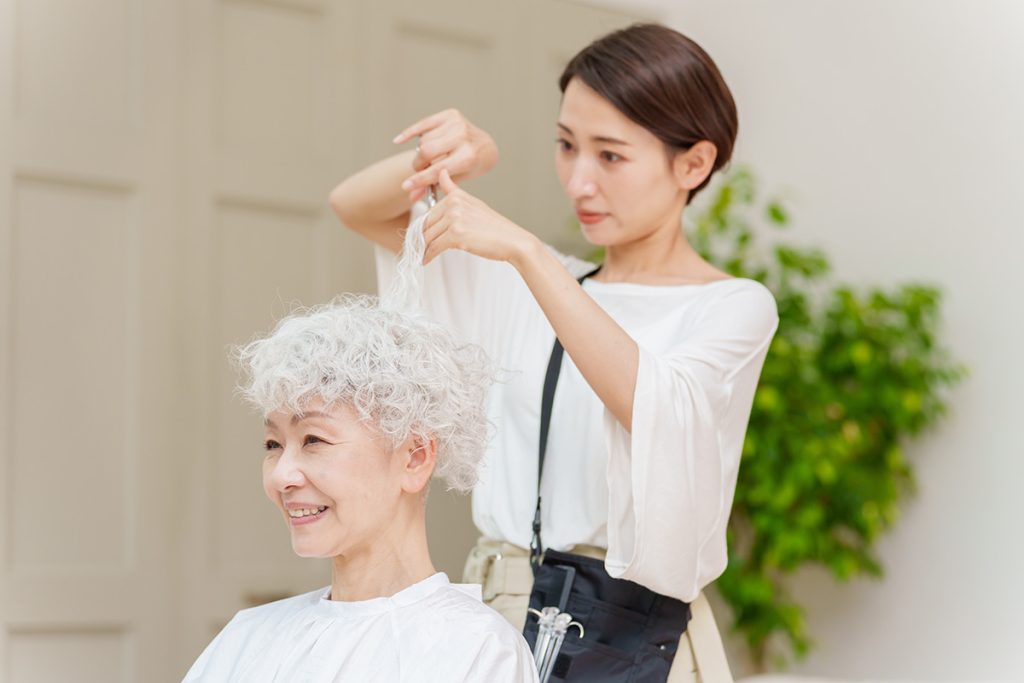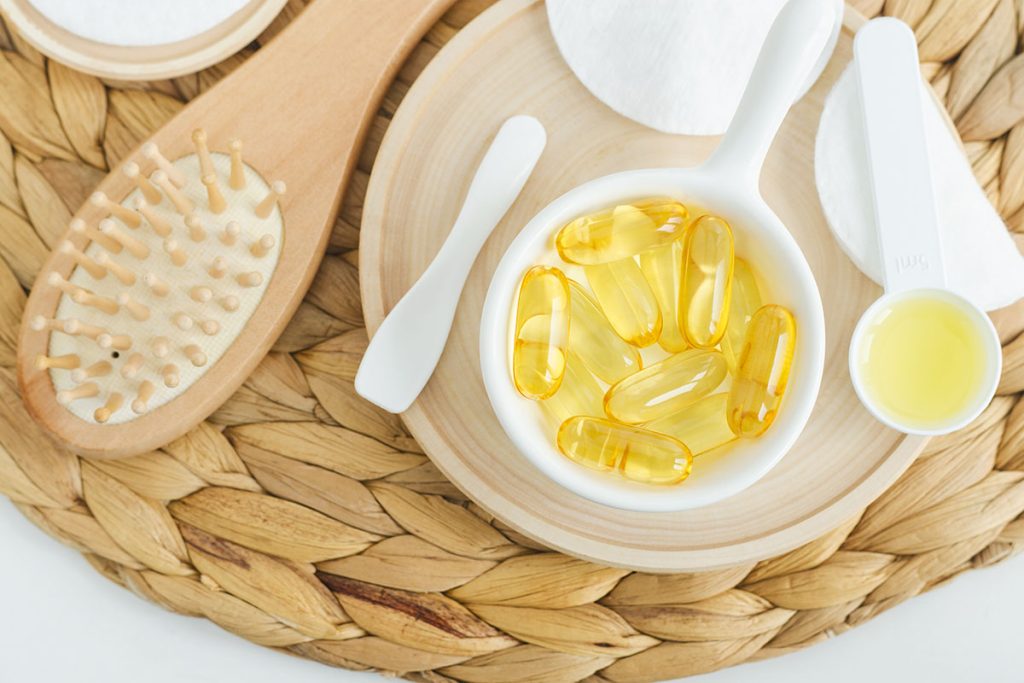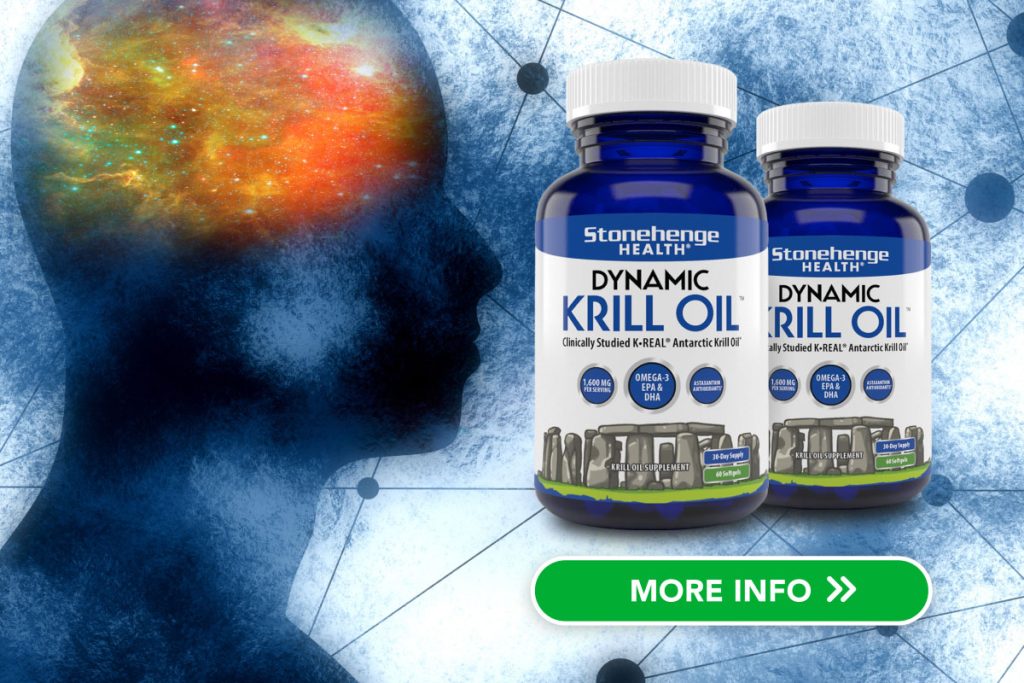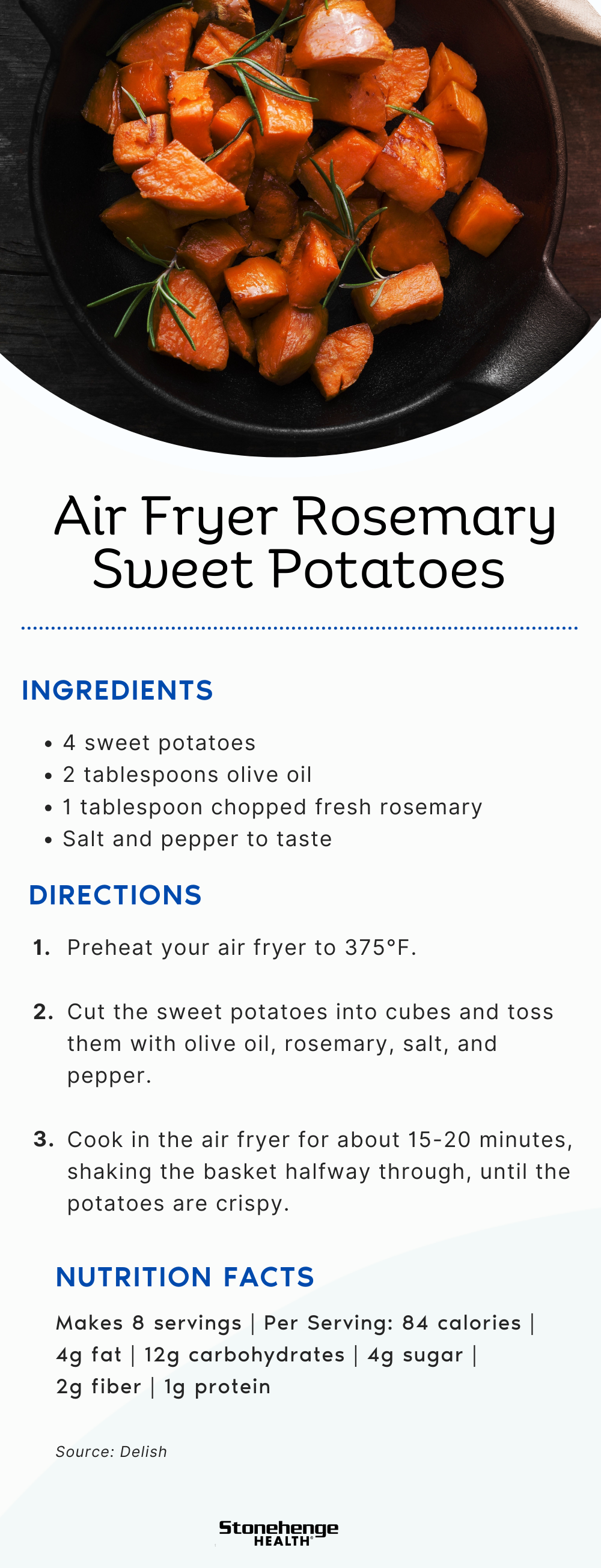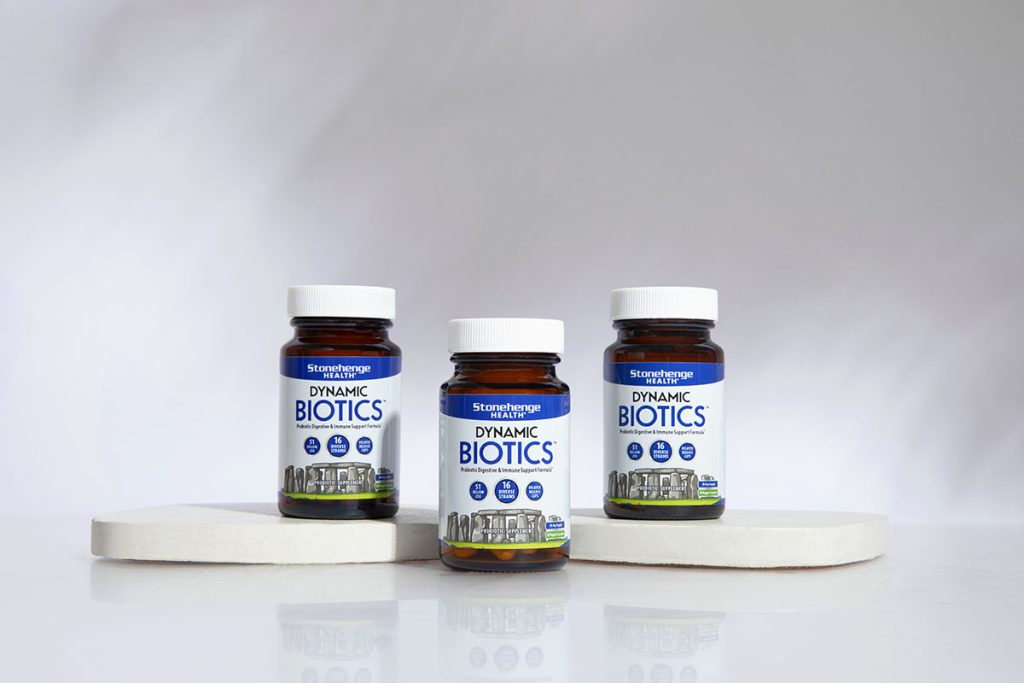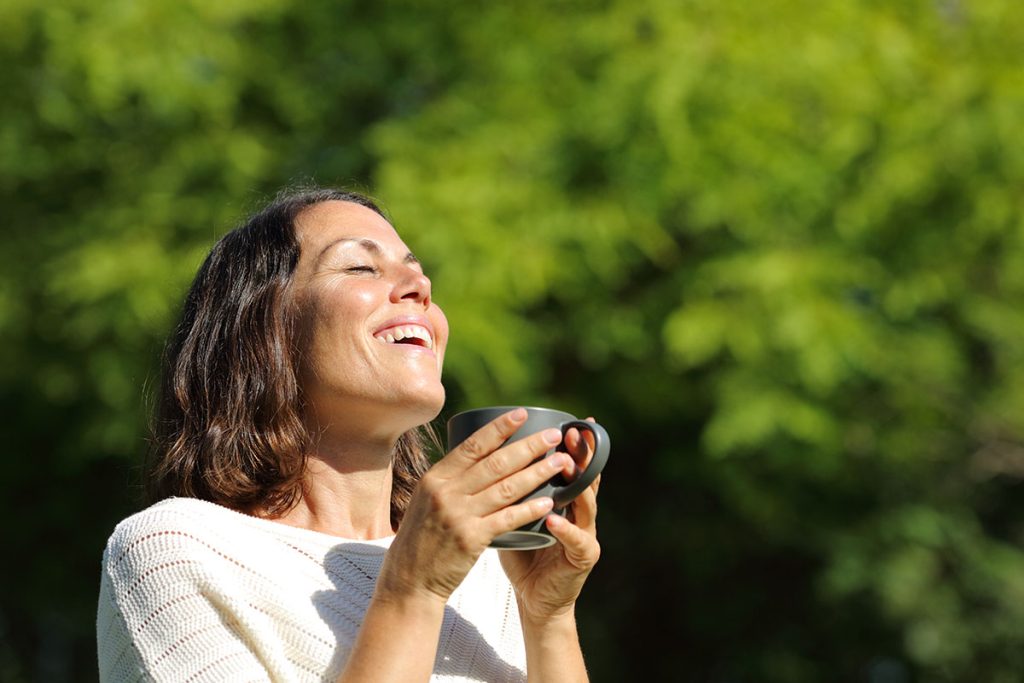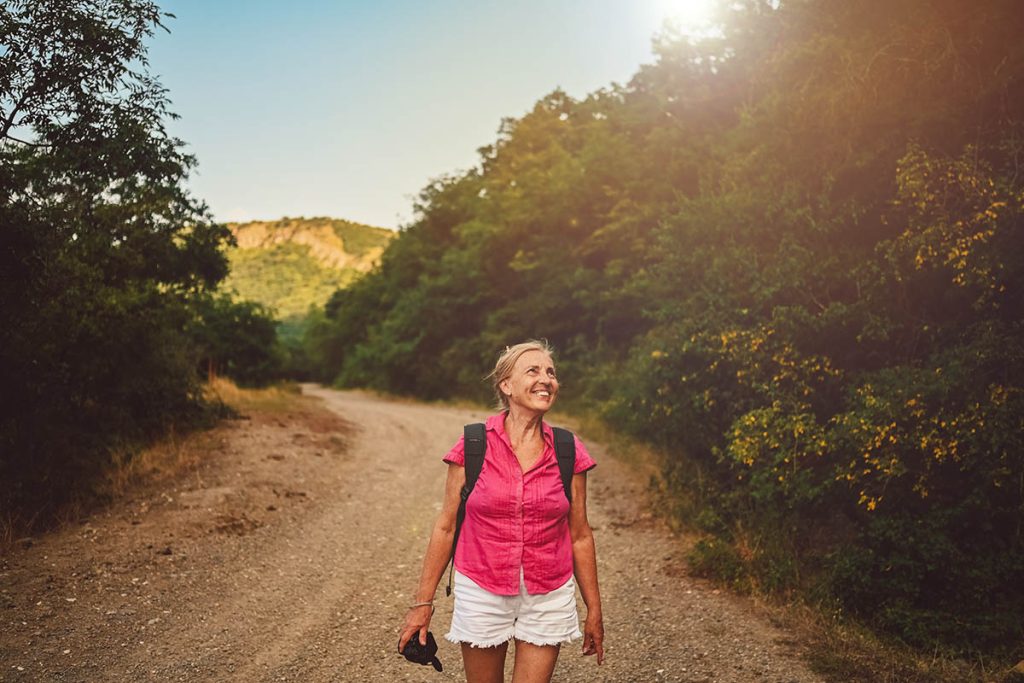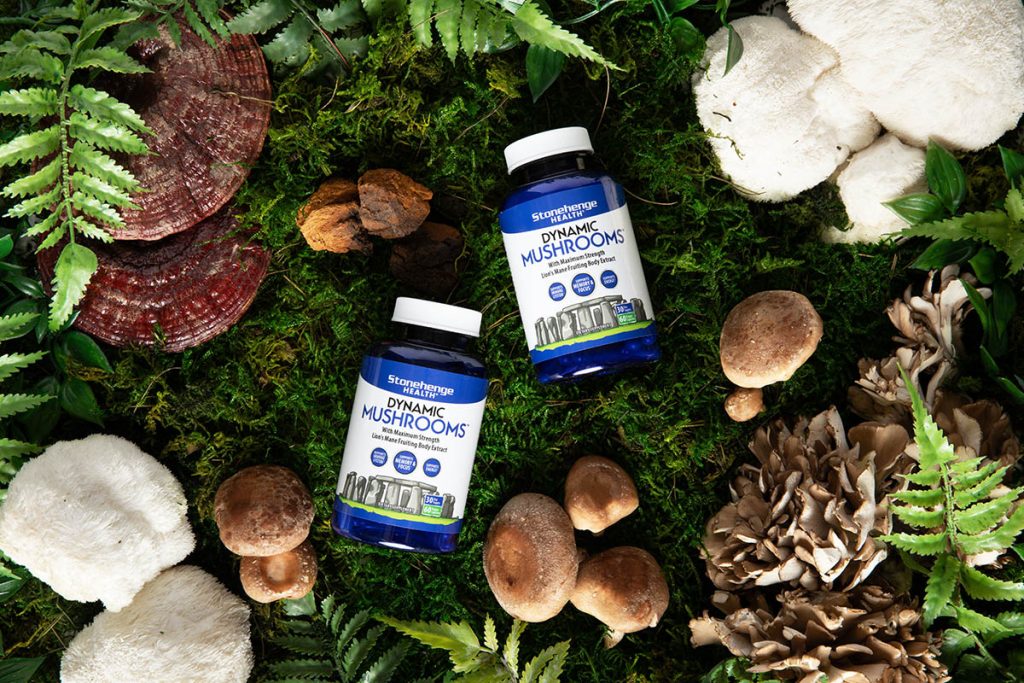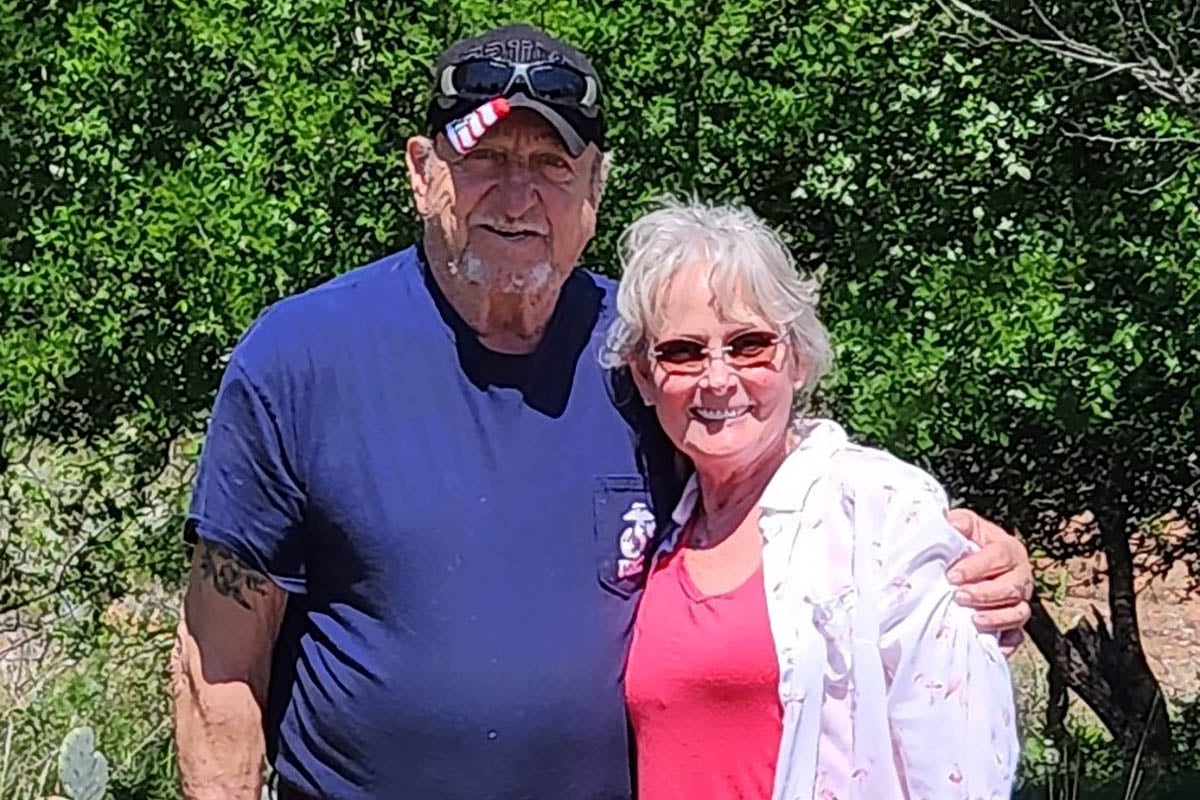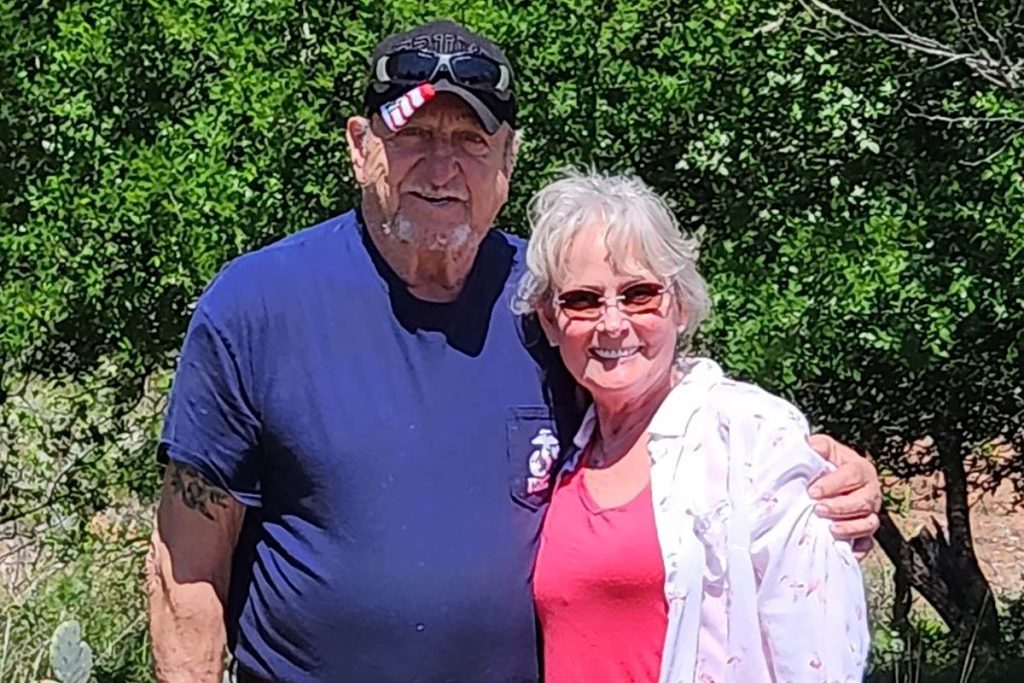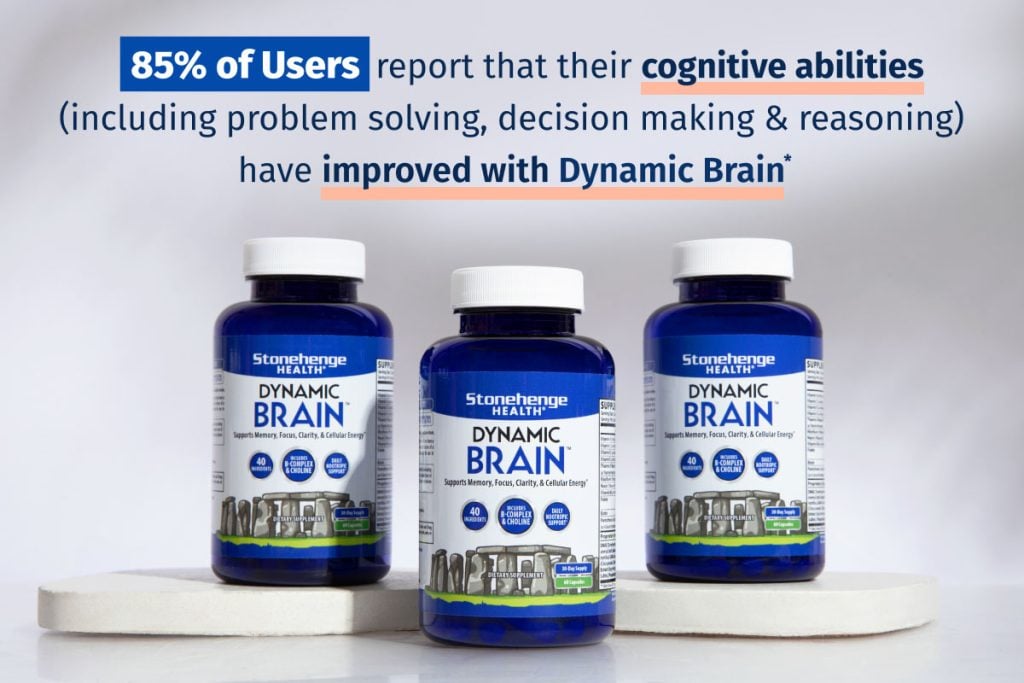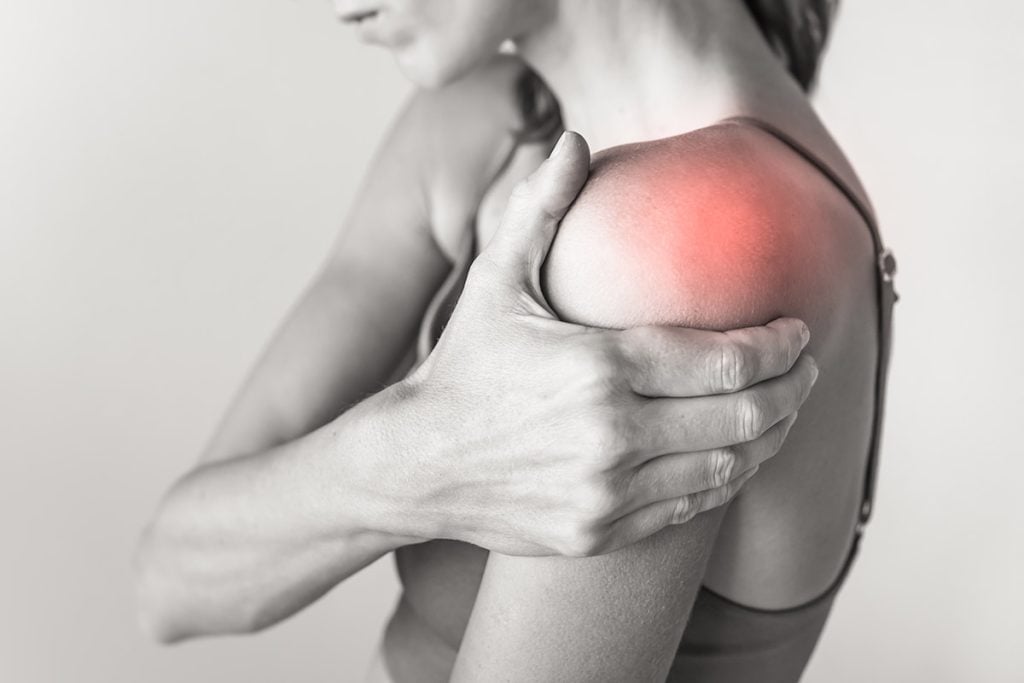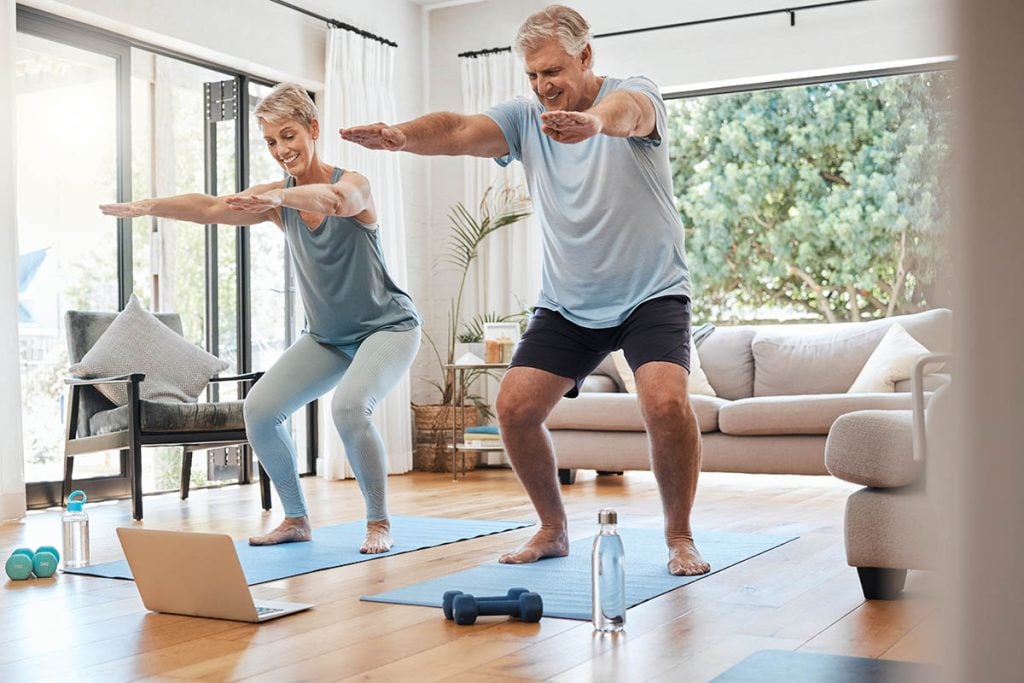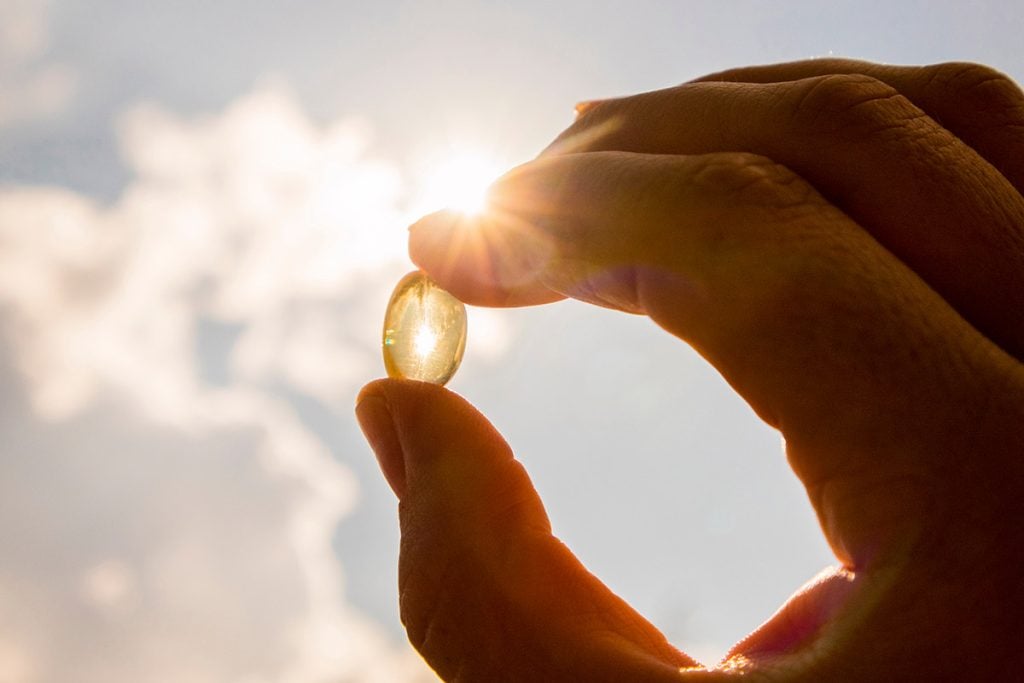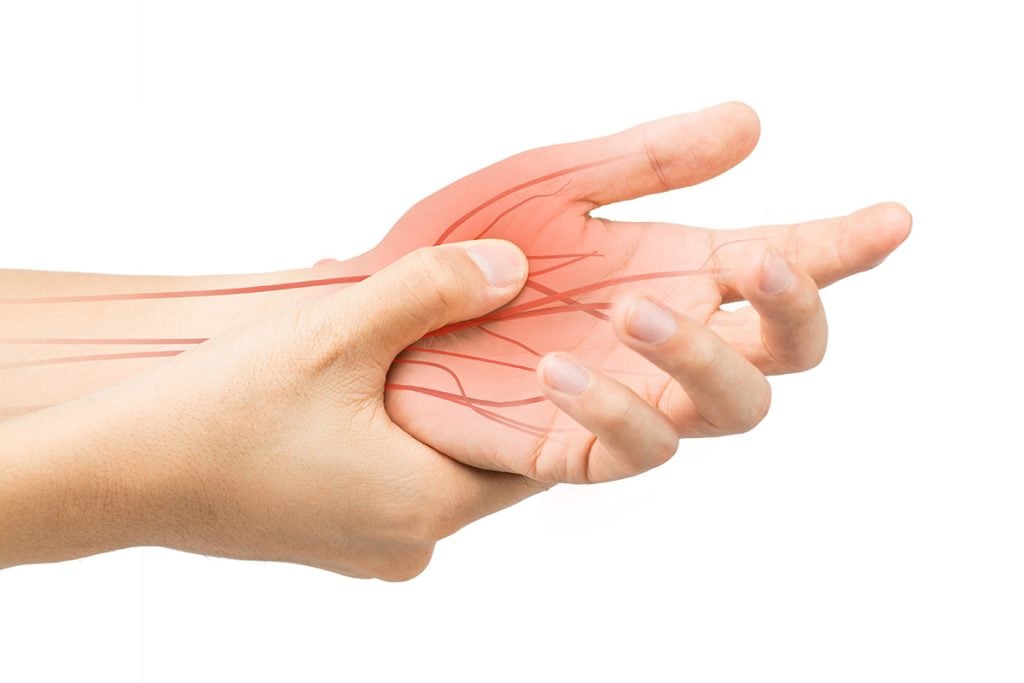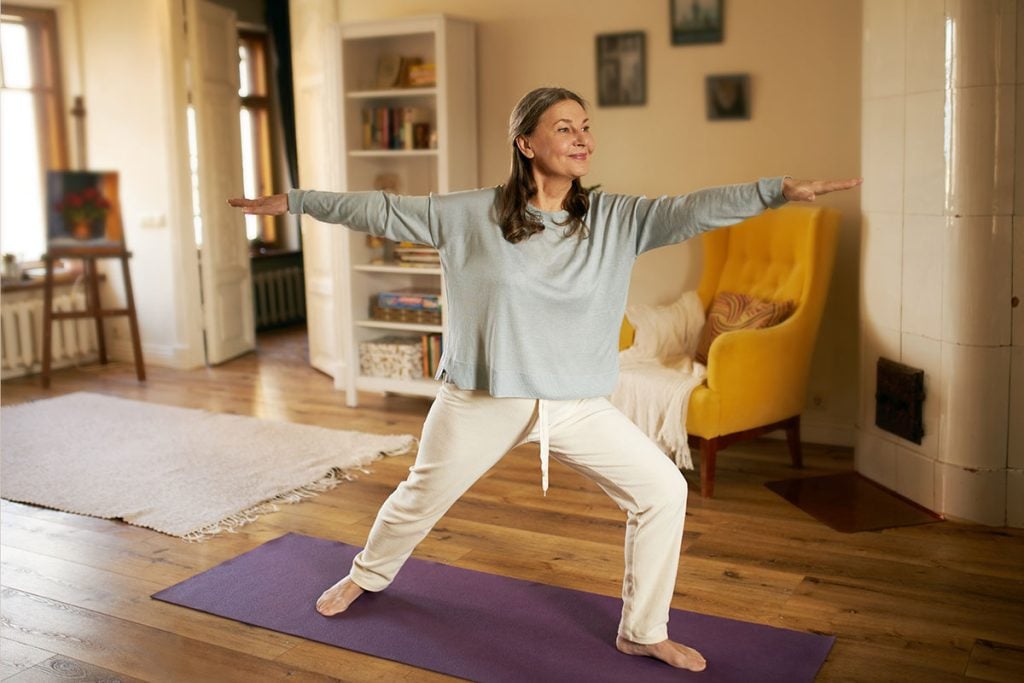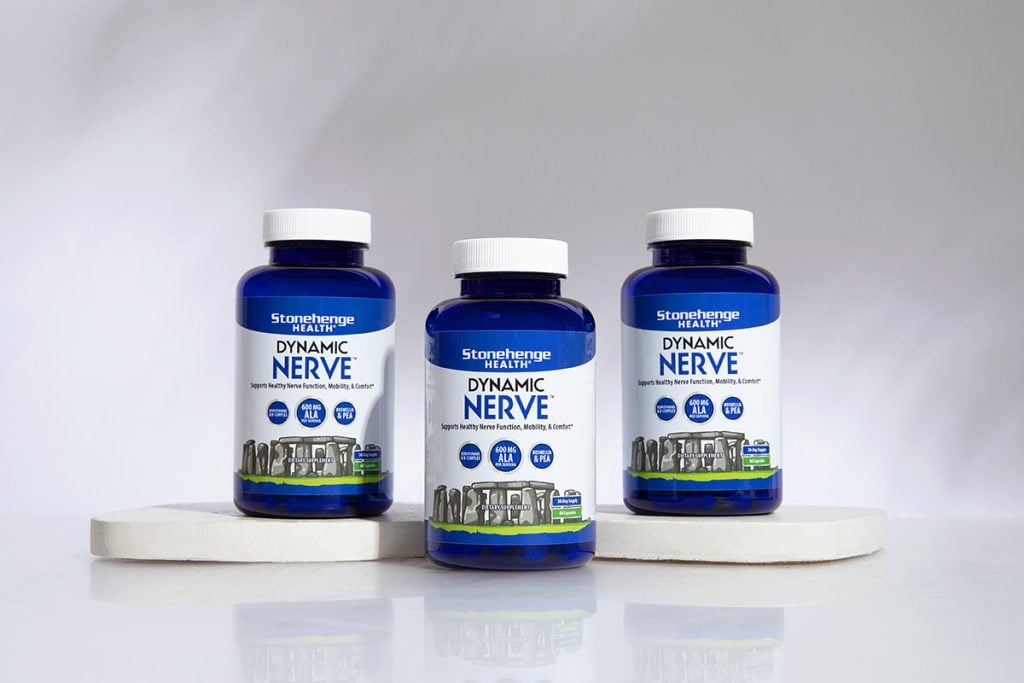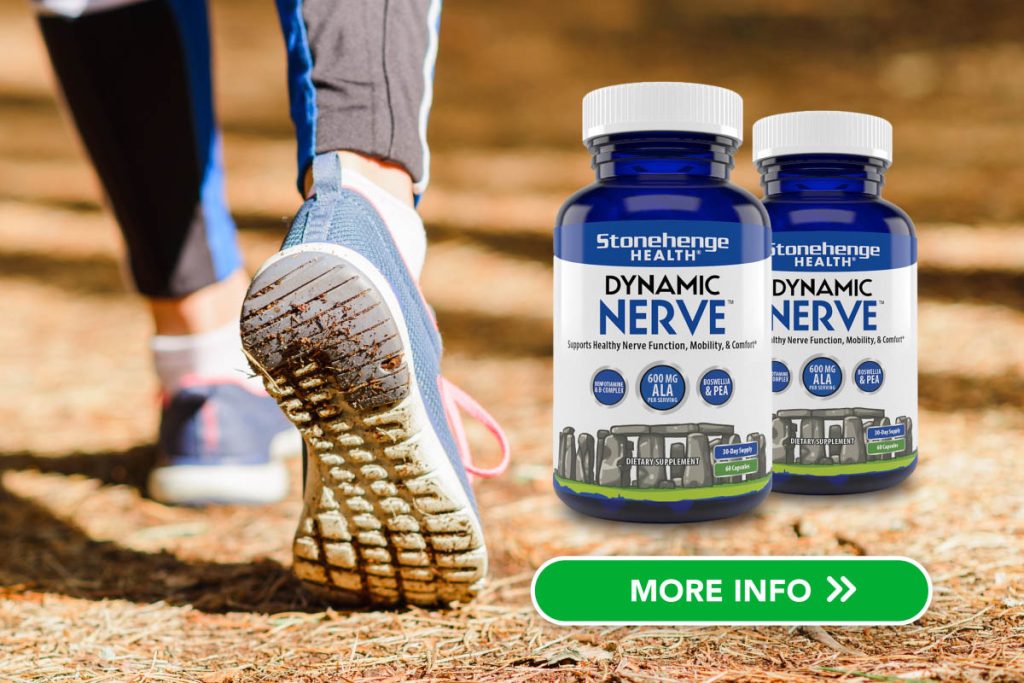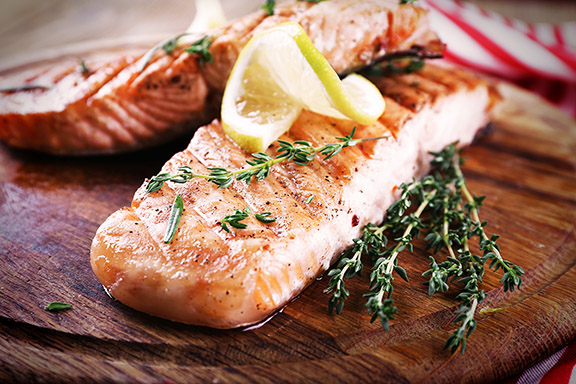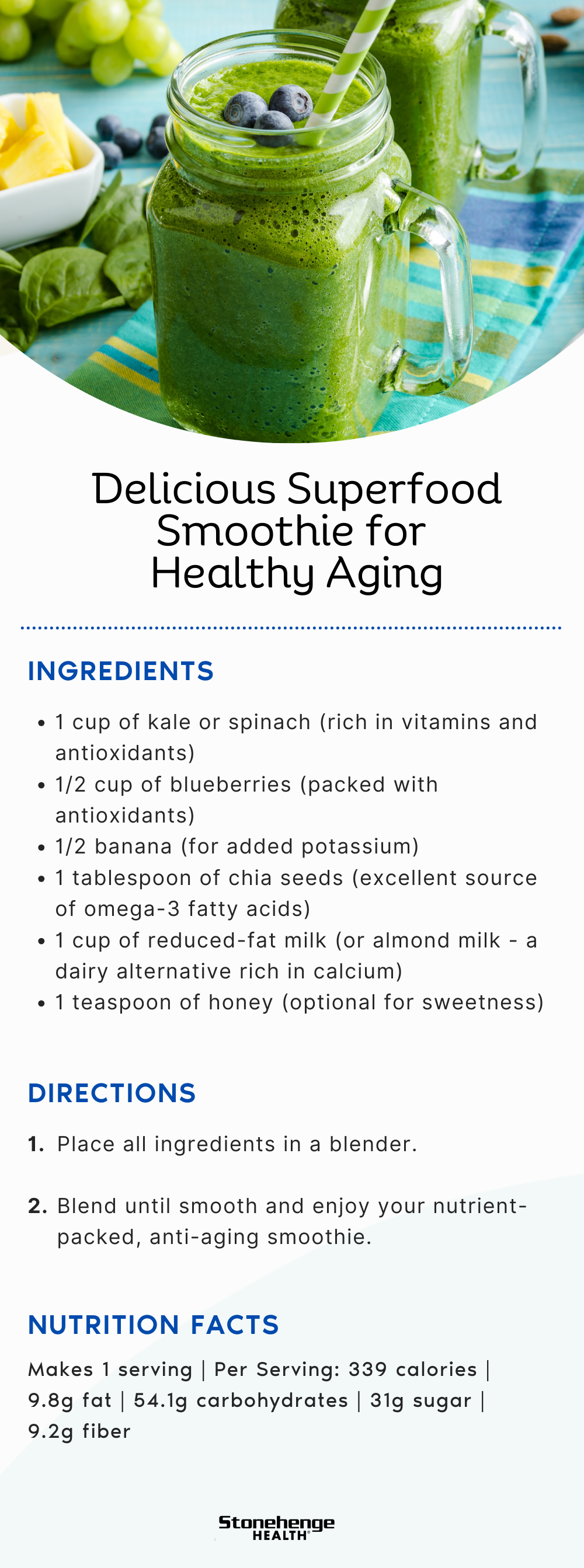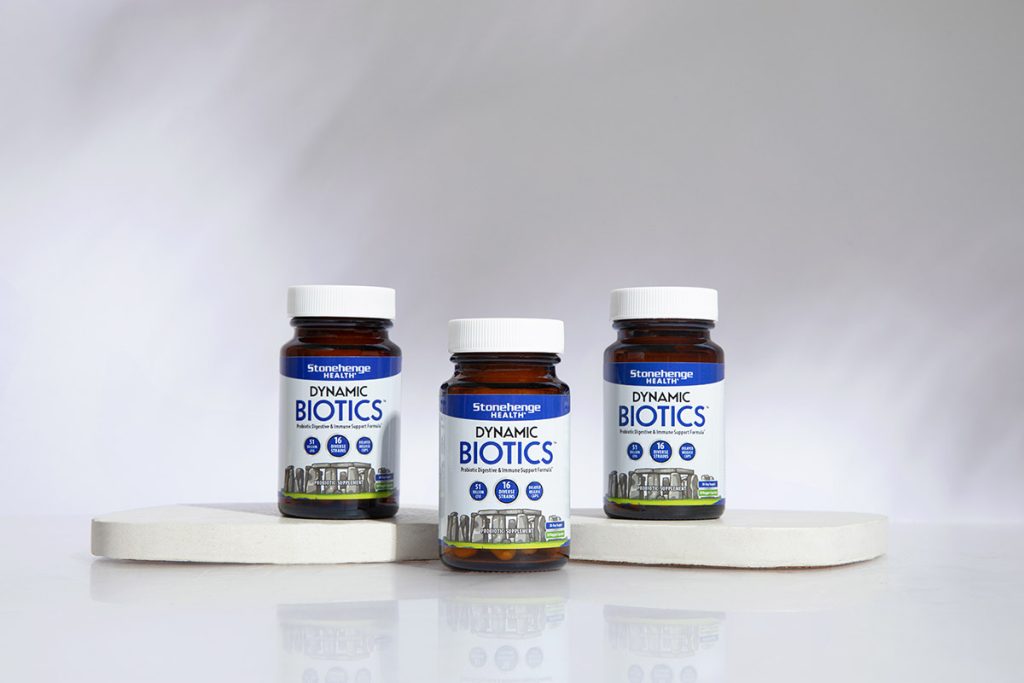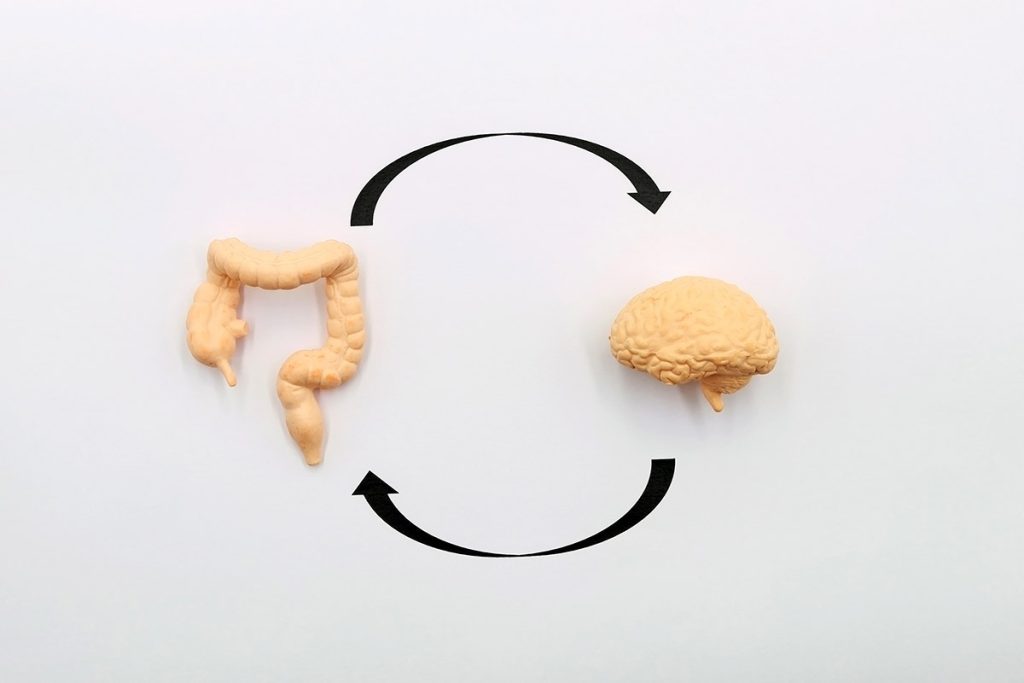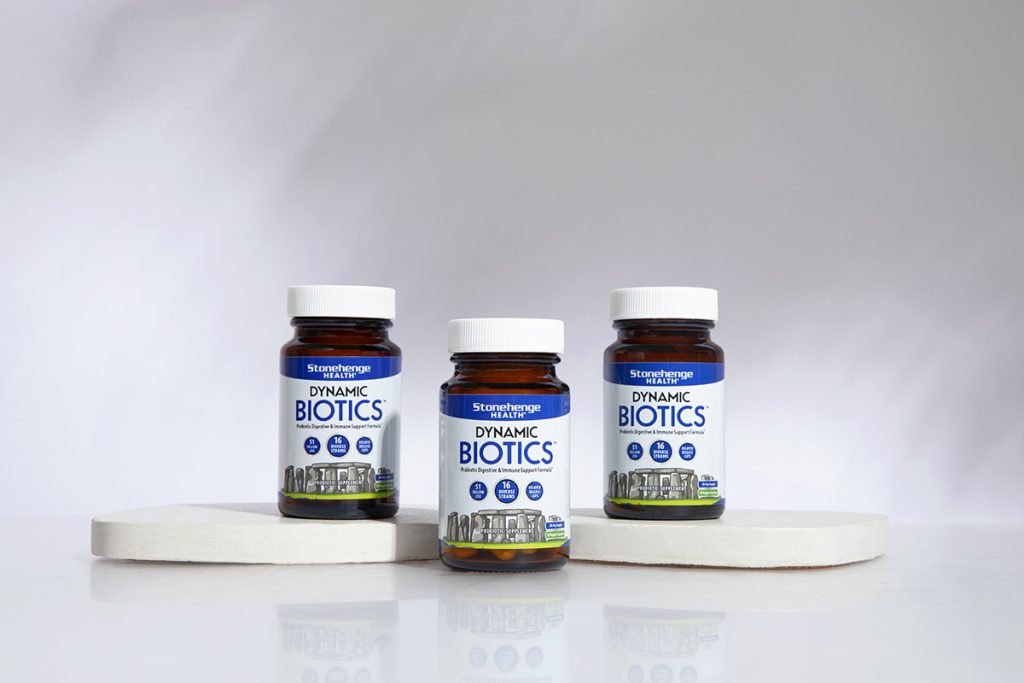
As the holiday season approaches, so does the abundance of festive feasts and indulgent treats. Amidst the array of tempting dishes, finding a balance between eating what your body needs and savoring what you want becomes a thoughtful endeavor. In this essay, we explore the philosophy of harmonizing nutritional needs with culinary desires during the holidays and offer practical tips for achieving a sense of balance and well-being.
The Philosophy of Balance

The essence of balanced eating during the holidays lies in acknowledging and respecting the dual aspects of nourishment – the nutritional requirements of your body and the enjoyment derived from savoring indulgent, celebratory foods. This philosophy embraces both sides of the spectrum, recognizing that food is not merely fuel but also a source of pleasure, cultural connection, and celebration.
Eating What You Need

Prioritizing your body’s needs involves consuming a well-rounded, nutrient-dense diet. This includes ample servings of fruits, vegetables, whole grains, lean proteins, and healthy fats. These foundational elements provide essential vitamins, minerals, and energy to support overall health and well-being. During the holidays, be sure to fuel up with nutritious eats first, so your body is primed and ready to rock the night away! 🌟
Adding What You Want

The concept of adding what you want to eat during the holidays emphasizes the importance of enjoyment and celebration in the culinary experience. Indulging in favorite holiday treats, traditional family recipes, and festive delights contributes to the joy and cultural significance of the season. Giving yourself guilt-free space for holiday treats, not only adds a dash of fun but also builds a happy, healthy connection with food, turning your holiday experience into something truly special. 🎉
7 Tips for Achieving Balance

1. Mindful Eating
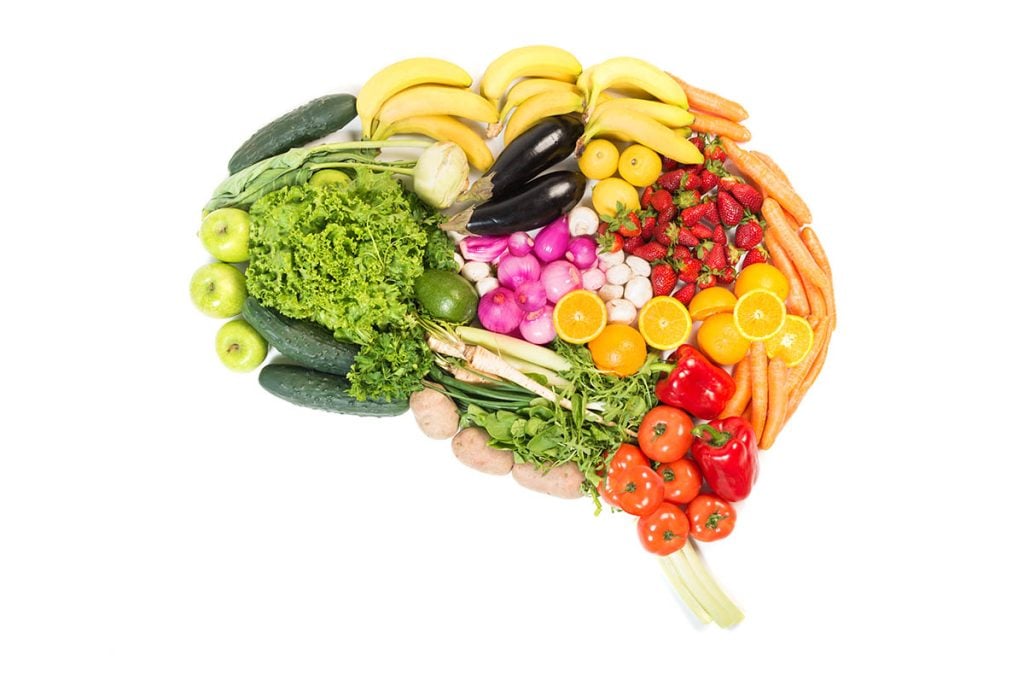
Mindful eating fosters awareness of hunger and fullness. Pay attention to the flavors and textures of each bite. This approach encourages a greater connection to the eating experience, helping you make informed choices about when to eat and when to savor a treat.
2. Listen to Your Body

Tune in to your body’s signals of hunger and fullness. Eat when you’re hungry, and stop when you’re satisfied. Avoid the mindset of strict portion control, and allow yourself the flexibility to enjoy holiday foods without feeling compelled to overindulge.
3. Prioritize Nutrient-Dense Foods
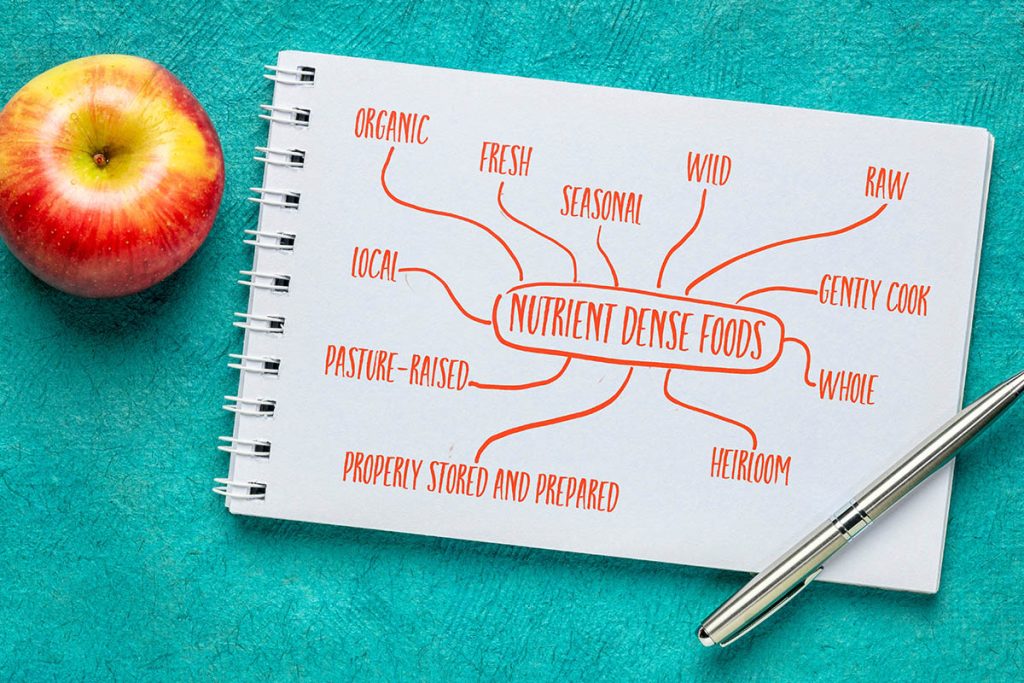
Build your meals around nutrient-dense foods that provide essential vitamins and minerals which support your body’s nutritional requirements and contribute to overall well-being.
4. Stay Hydrated

Make sure to sip on plenty of water throughout the day—it helps with digestion, keeps your energy levels up, and does wonders for your overall health. Plus, staying hydrated can even help you manage your appetite and avoid overeating.
5. Plan and Prioritize

Plan your holiday meals and prioritize the dishes that hold special meaning or bring the most joy. This intentional approach allows you to savor what truly matters to you without feeling compelled to indulge in everything. Make conscious choices about which foods align with your personal preferences and cultural traditions. Take a moment to really savor each bite and enjoy those amazing flavors.
6. Avoid Food Guilt

Release any feelings of guilt associated with holiday eating. Guilt can overshadow the enjoyment of festive foods and create a negative relationship with eating. Instead, focus on the positive aspects of the holiday experience, including connection, celebration, and the joy of sharing meals with loved ones.
Achieving harmony between nutritional needs and culinary desires during the holidays revolves around mindfulness, intentionality, and a holistic well-being approach. Prioritizing nutrient-dense foods alongside occasional indulgences fosters a positive food relationship, enhancing the holiday season’s joy. For a delightful twist, consider making Strawberry Santa treats—a perfect addition to create lasting memories and a fulfilling holiday experience for all.
Strawberry Santas

Ingredients:
– 16 ounce package fresh strawberries, washed
– 8 ounces cream cheese, softened
– 5 tablespoons powdered sugar
– 1 teaspoon vanilla extract
– chocolate sprinkles or morsels
Directions:
1. Place a strawberry on a cutting board and remove the stem to create a flat base.
2. Slice 1/3 up from the tip of the strawberry to create the “hat”.
3. Combine softened cream cheese, powdered sugar, and vanilla. Mix until the consistency becomes thick.
4. Transfer the frosting into a zip bag or piping bag, snipping off one corner.
5. Apply the frosting onto the strawberry base, place the strawberry “hat” on top, and squeeze additional mixture over the hat.
6. Create the “buttons” on the front by dipping a toothpick into the frosting mixture.
7. Decorate Santa’s eyes using chocolate morsels or sprinkles.
8. Store in the refrigerator for up to 3 days. Enjoy!
Nutrition:
Makes 1 treat | Per Serving: 67 calories, 4g fat, 5g carbohydrates, 4g sugar, fiber 9.2g
Holiday Wellness
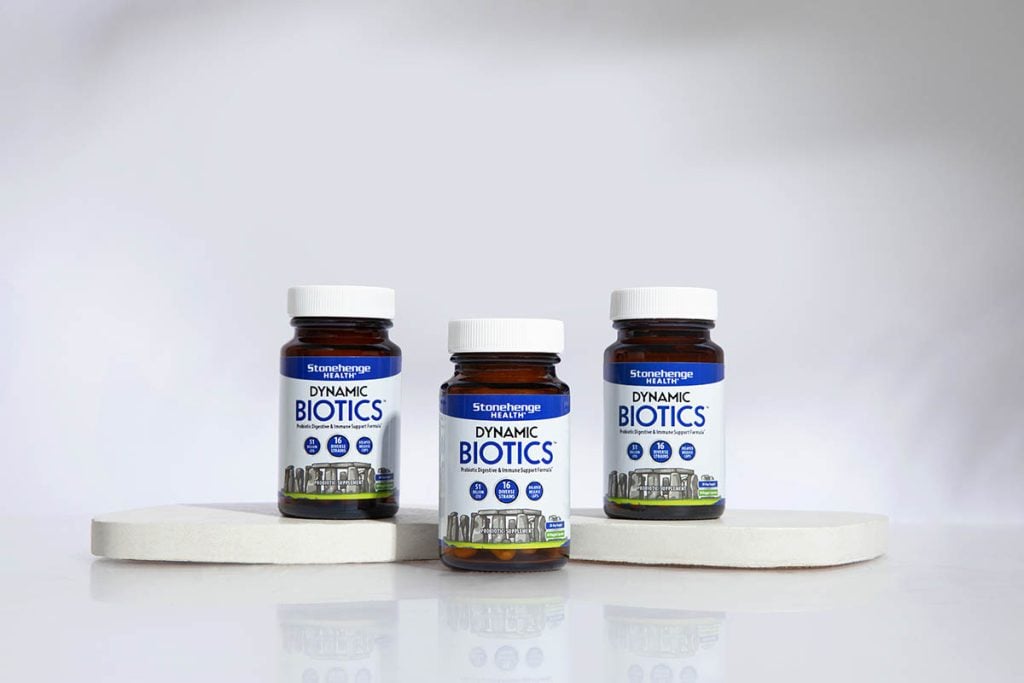
Now, here’s the big question…
How do you savor your holiday feasts without guilt? As the holiday season approaches, taking care of your well-being becomes a top priority.
Amid the festivities, consider a crucial supplement like Stonehenge Health’s Dynamic Biotics, a blend of diverse probiotics offering a wide range of benefits, particularly for your digestive and immune health.*
Savor the season with confidence!
* These statements have not been evaluated by the Food and Drug Administration. This product is not intended to diagnose, treat, cure or prevent any disease.




